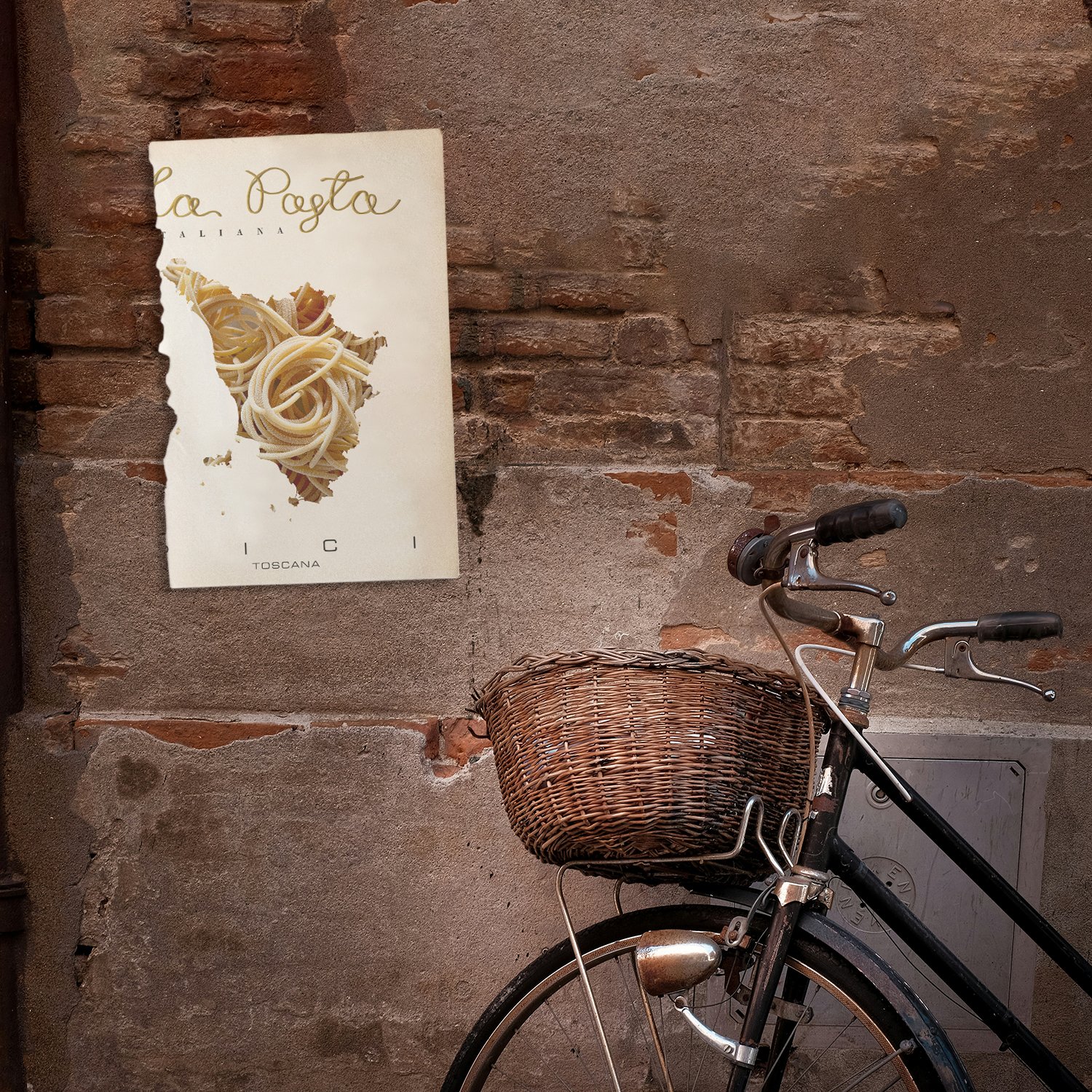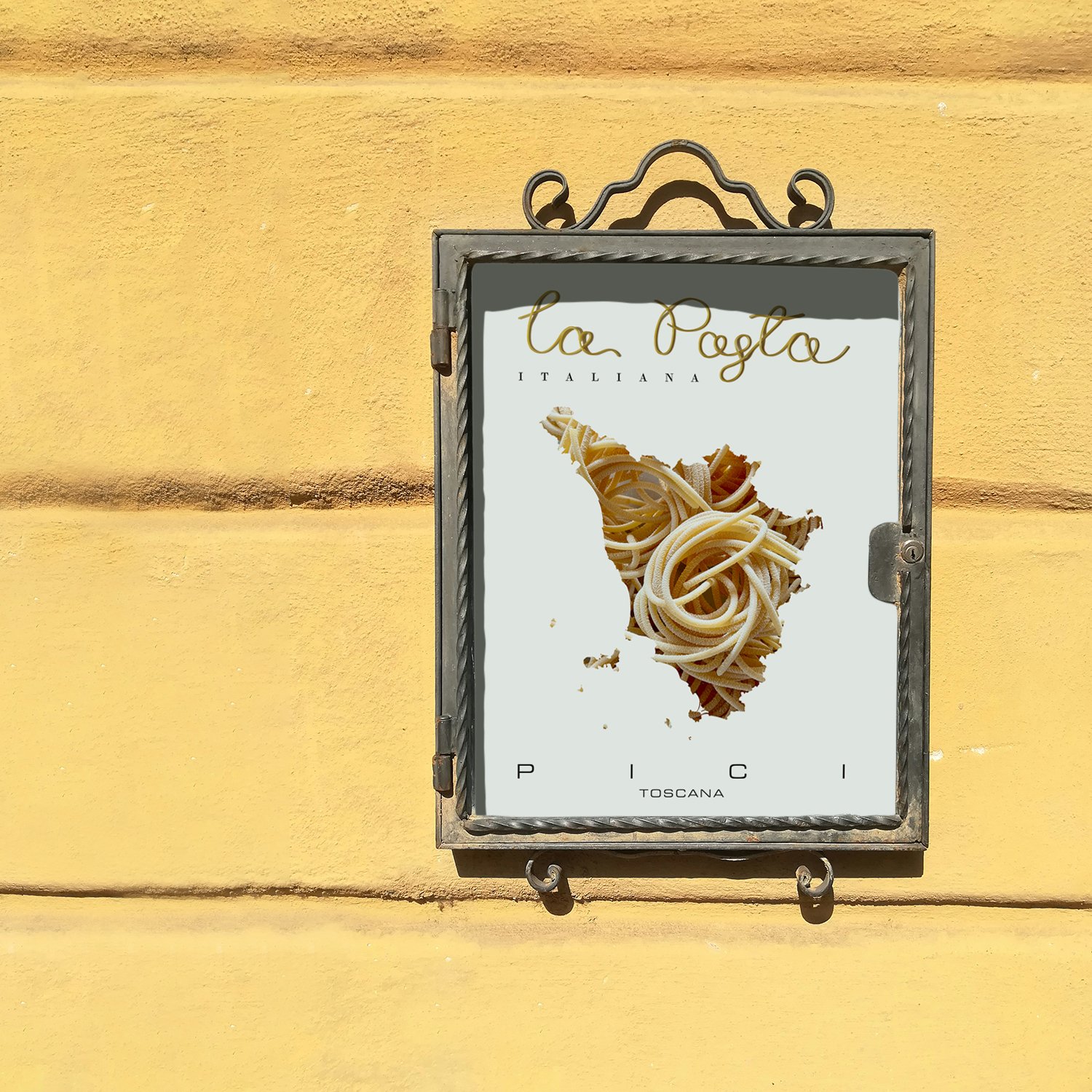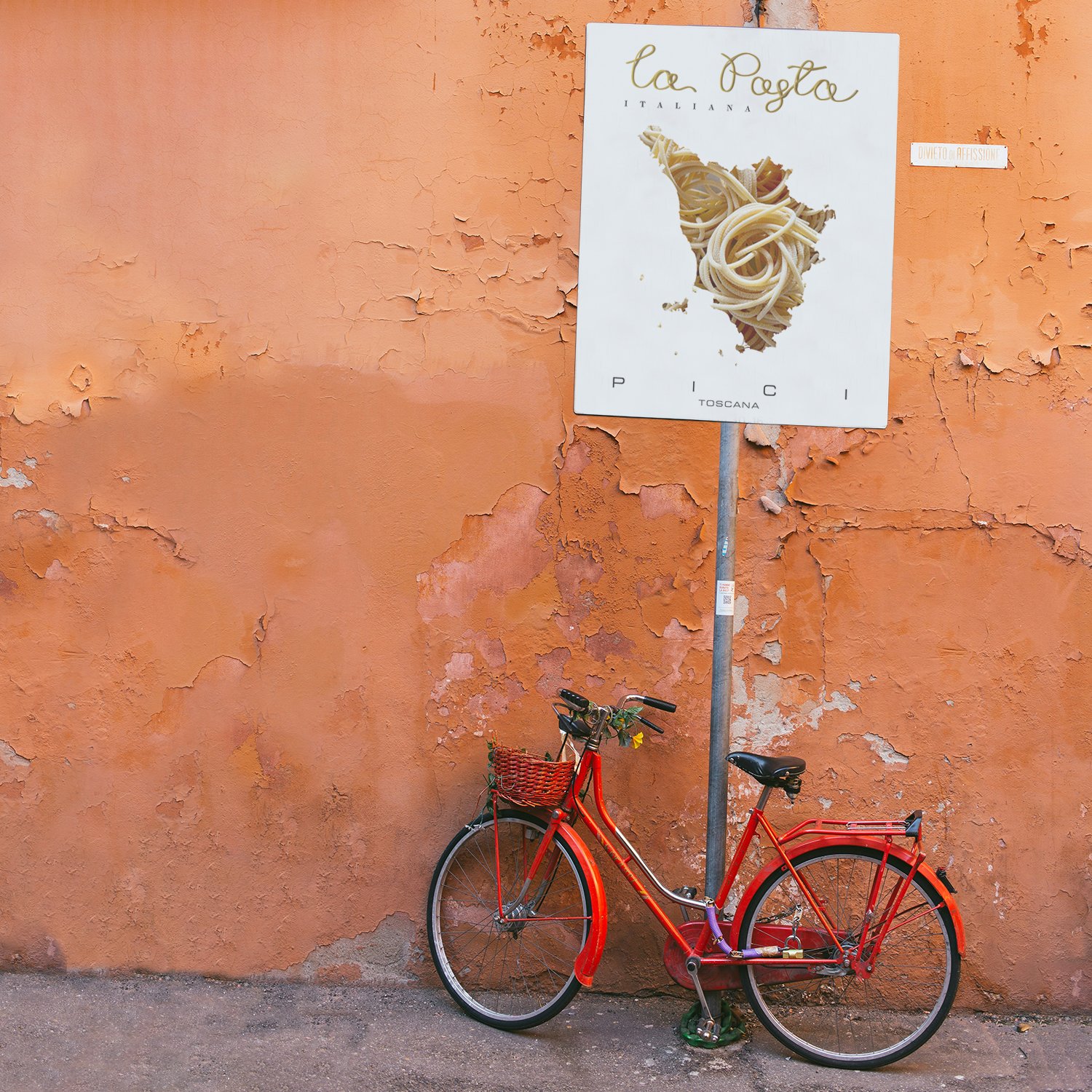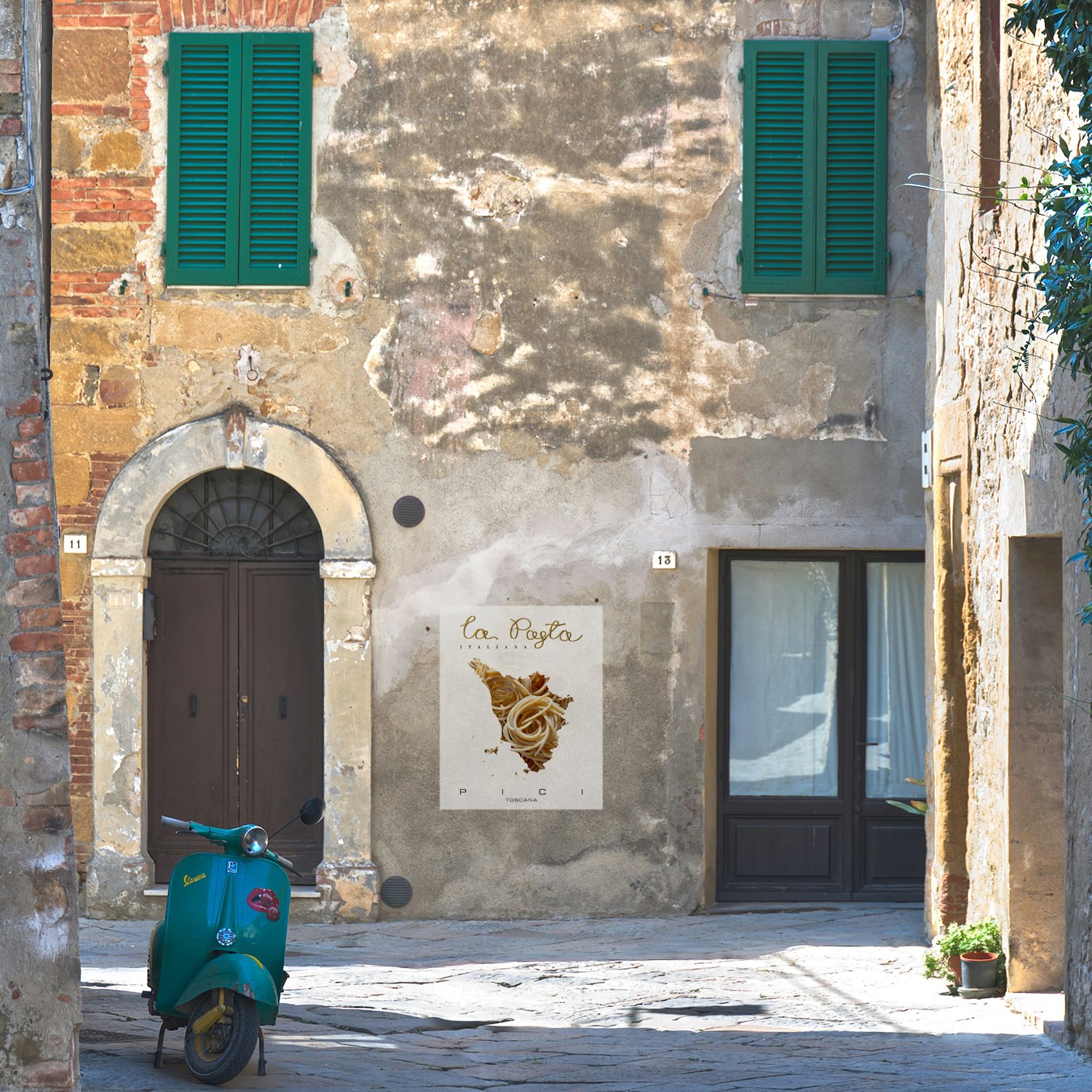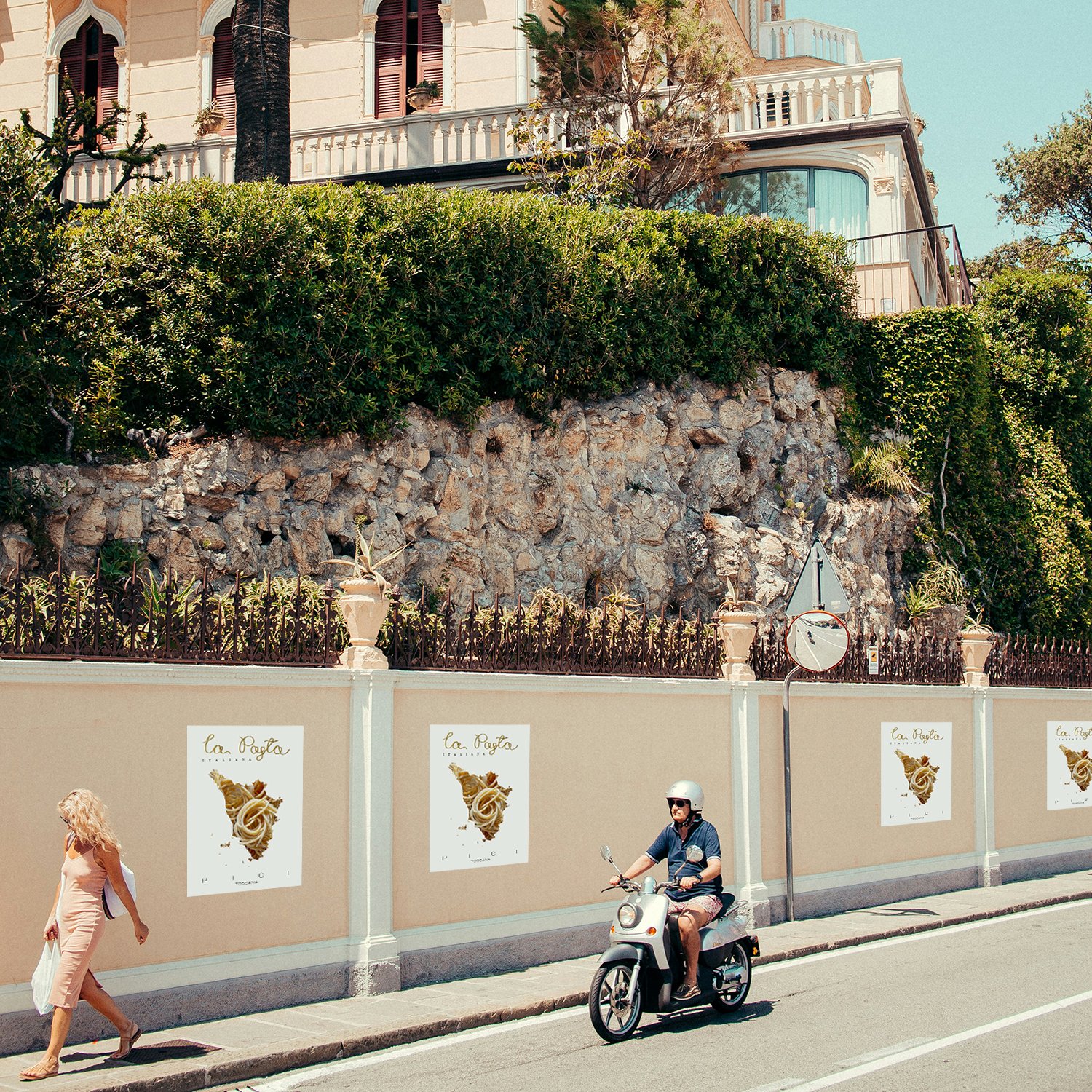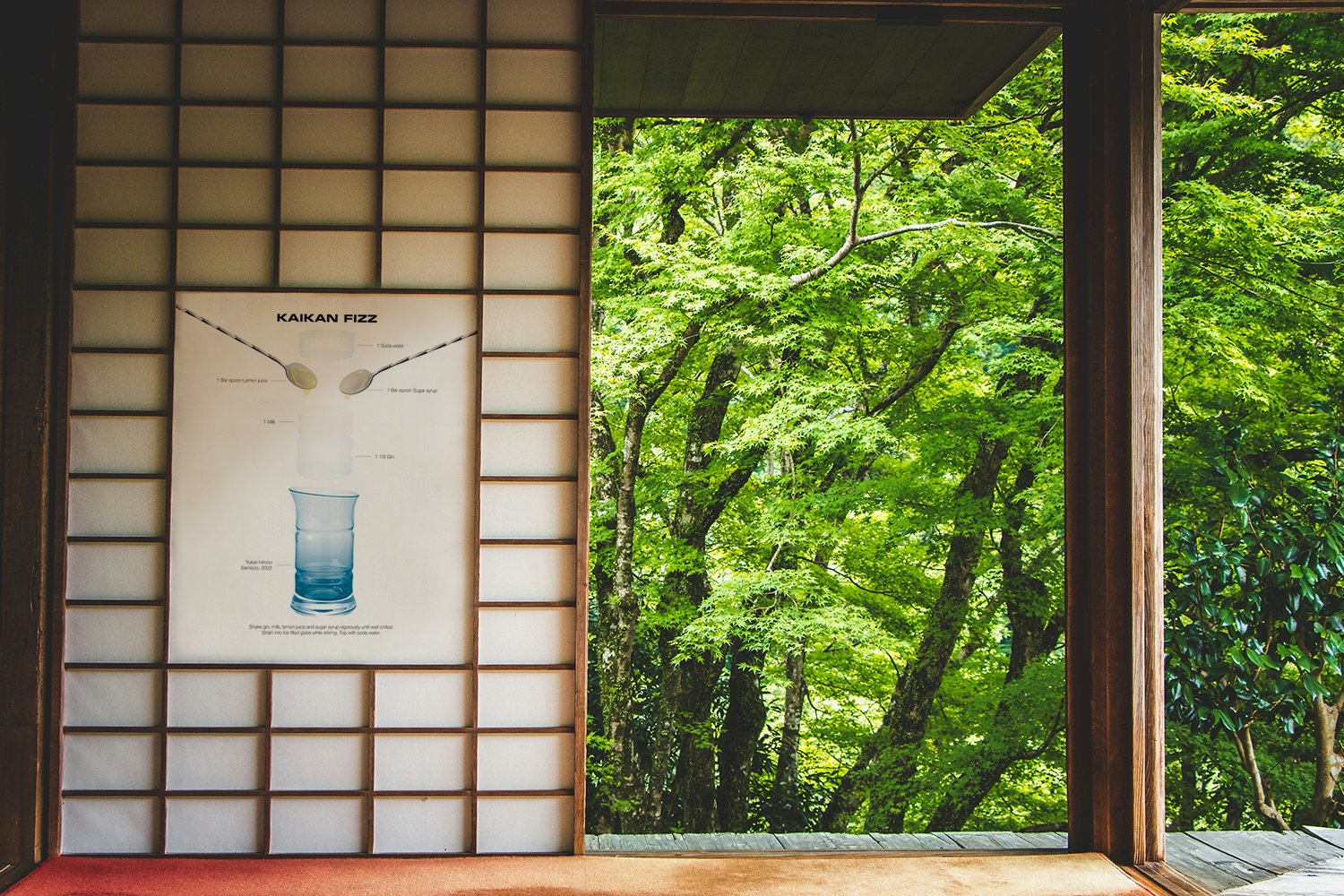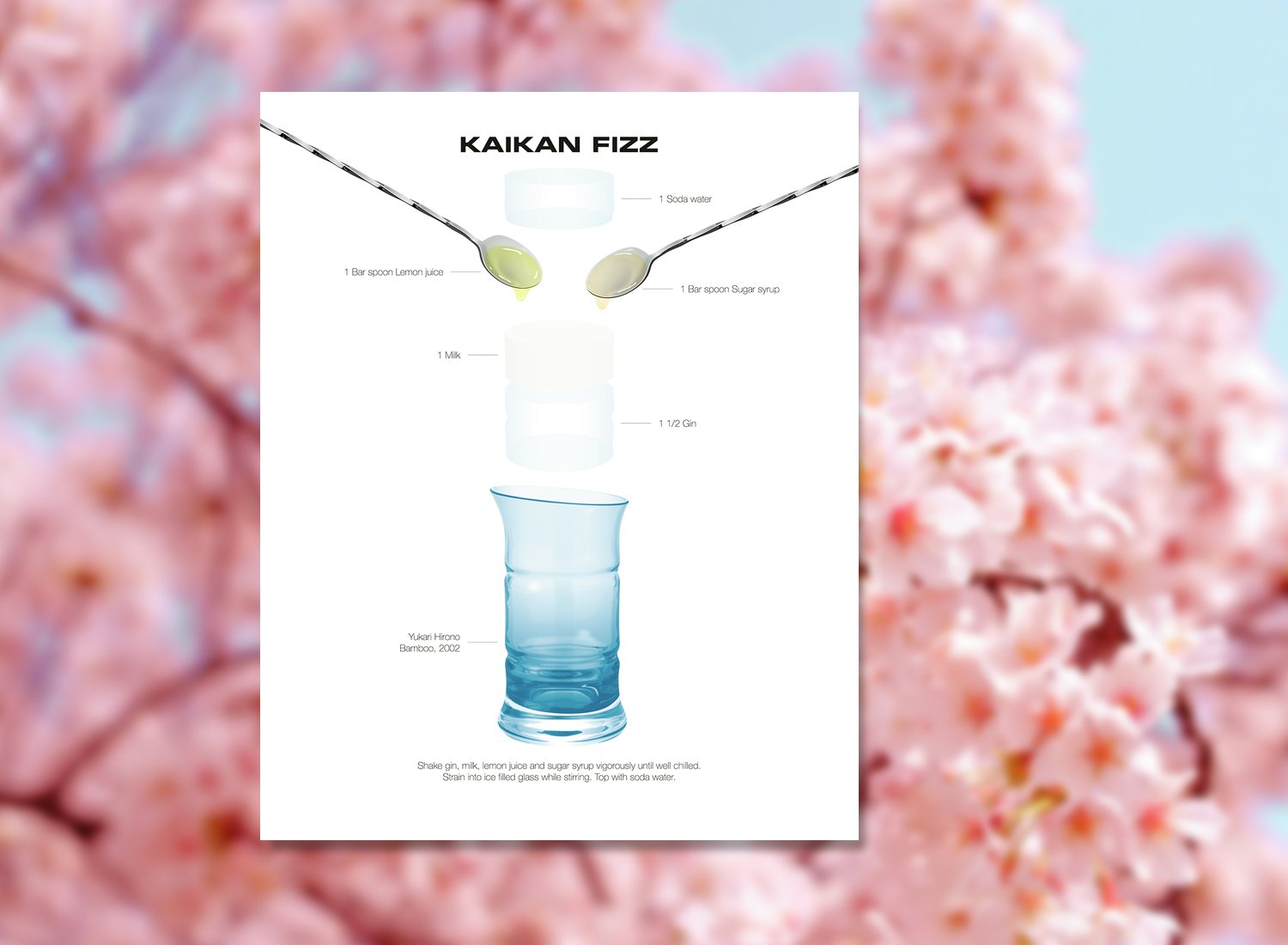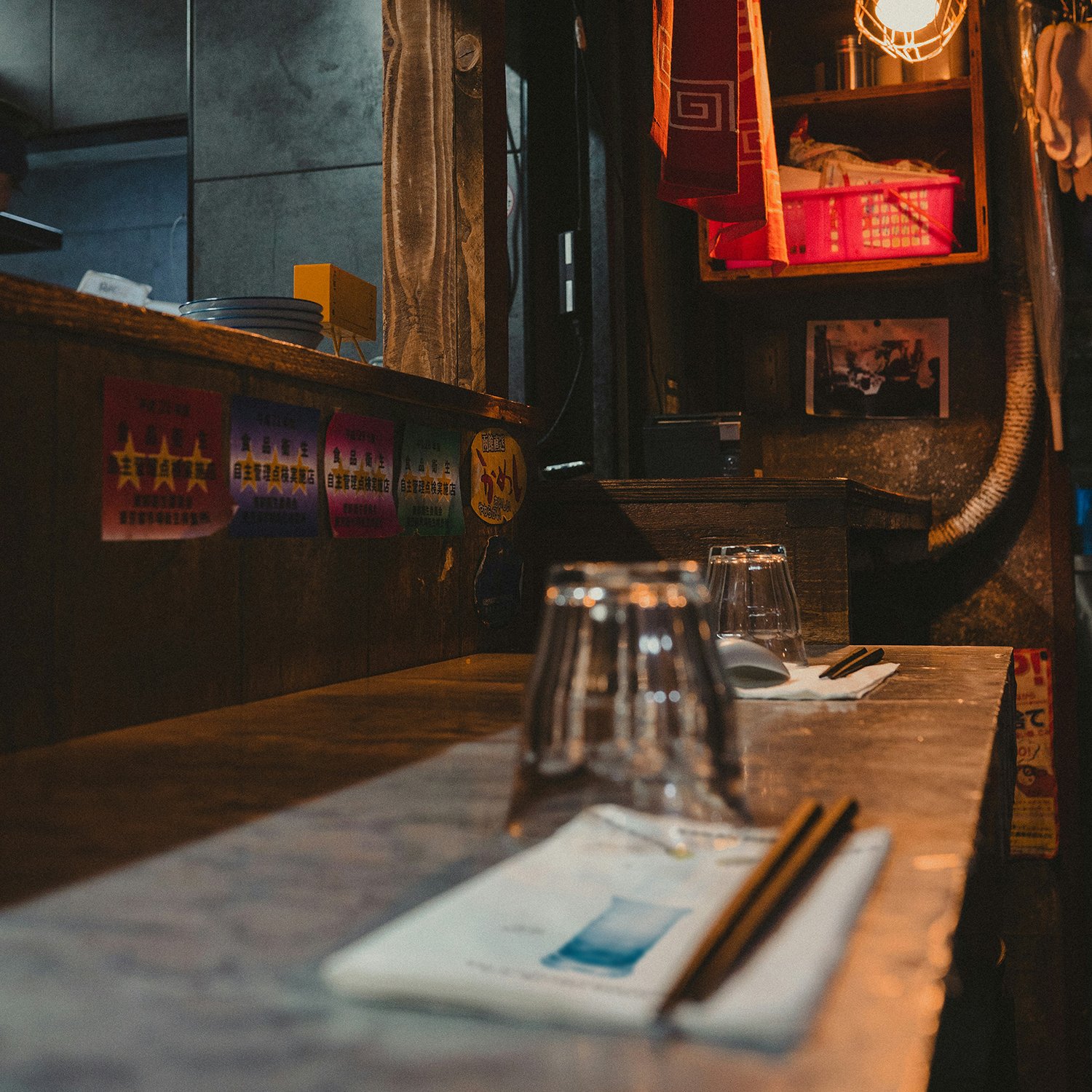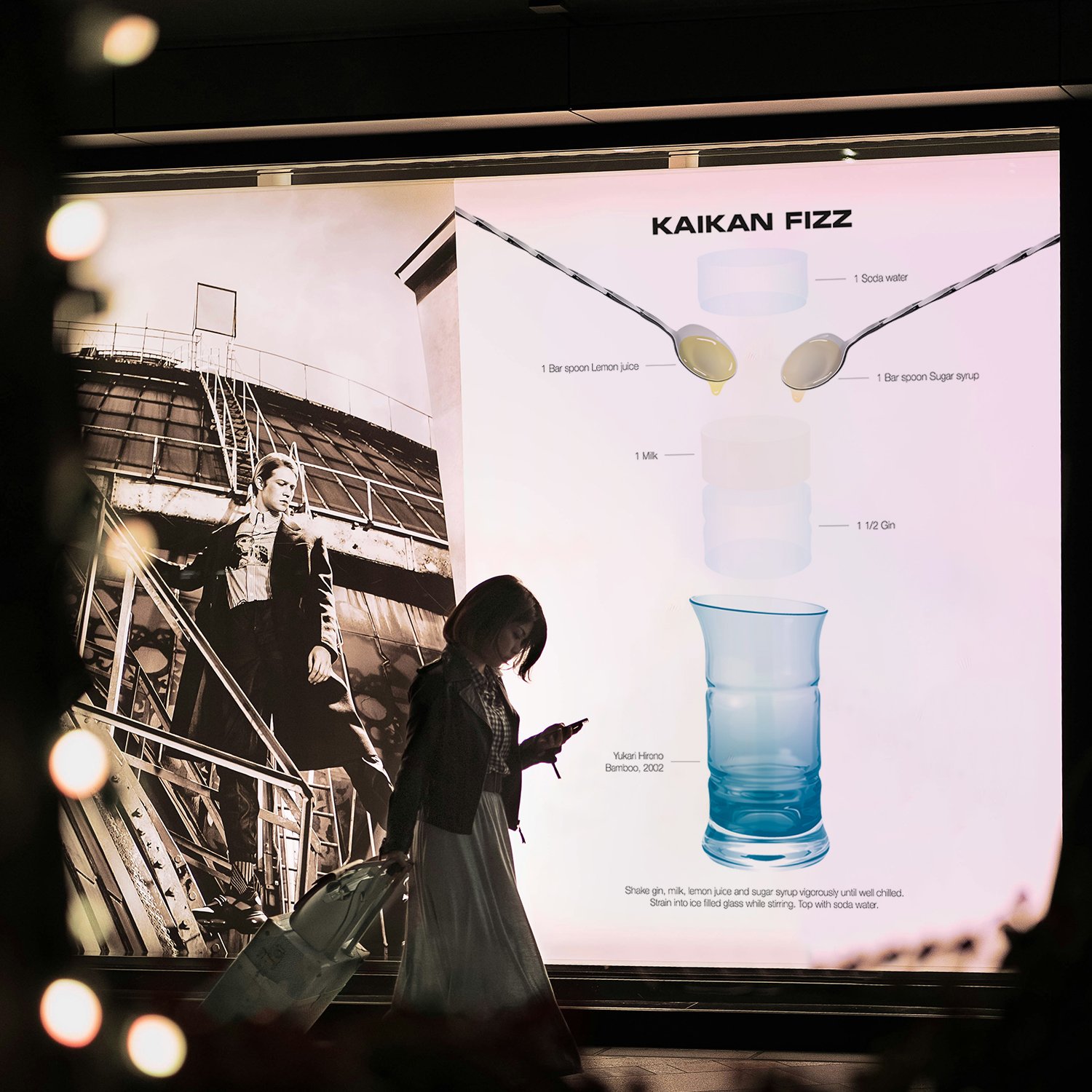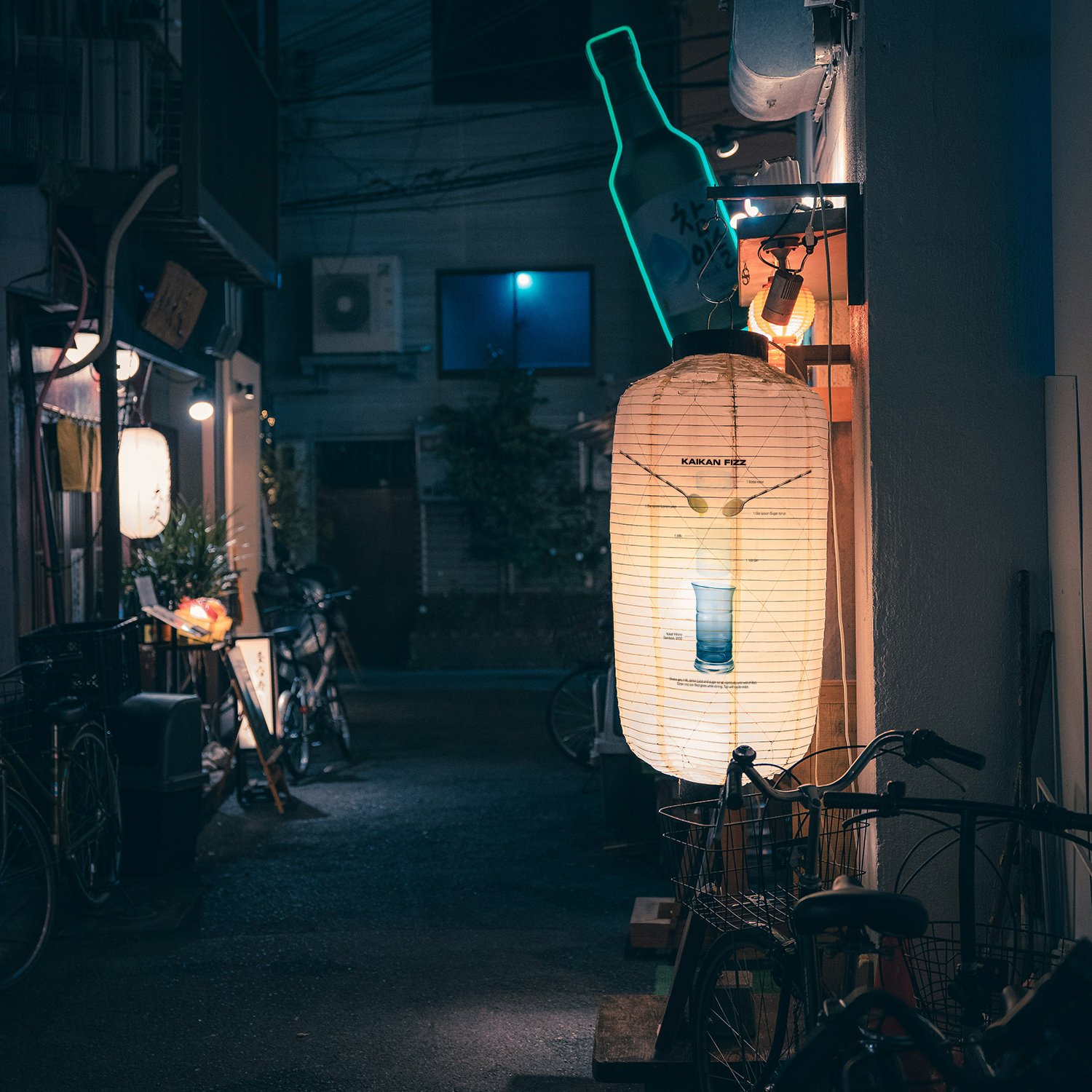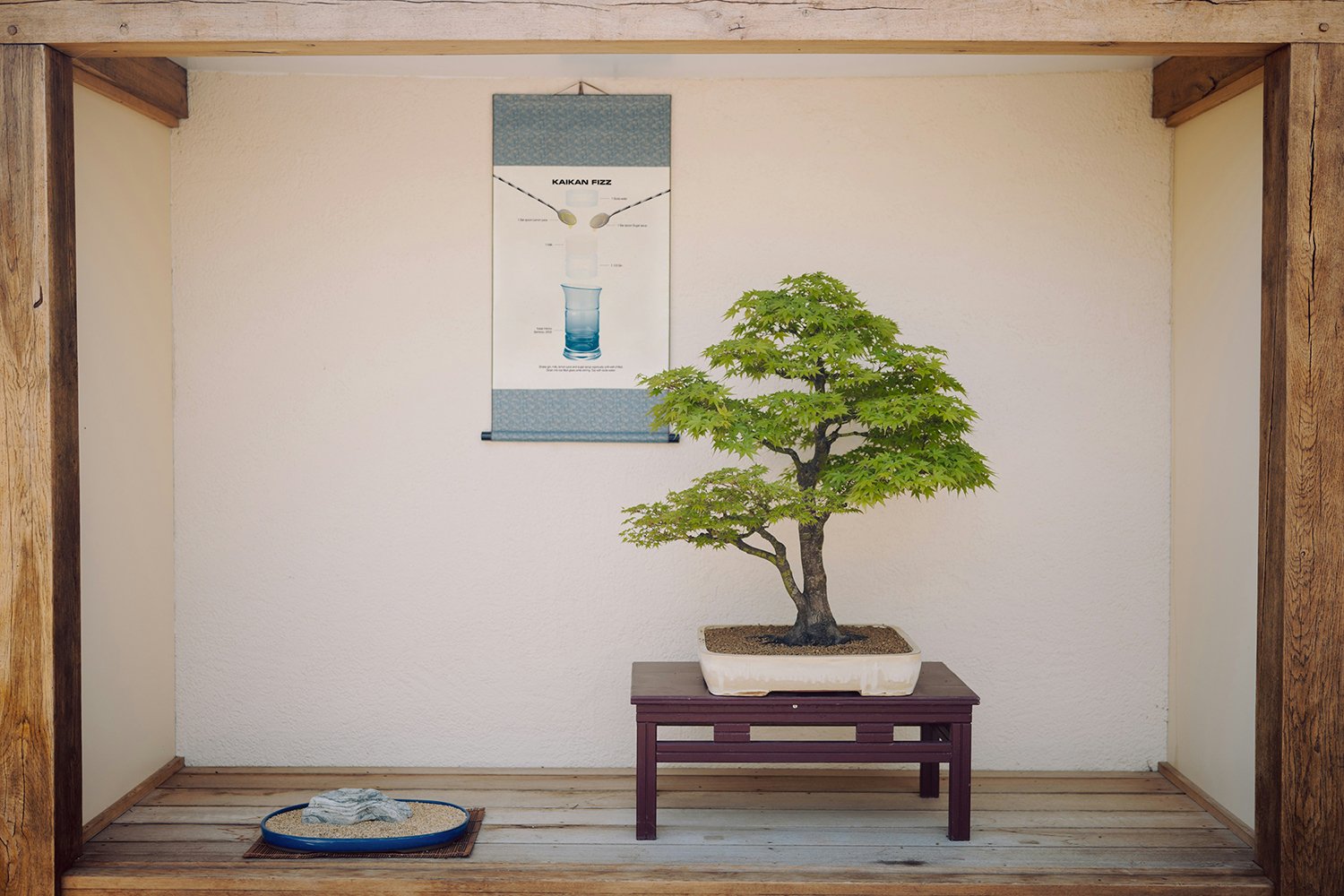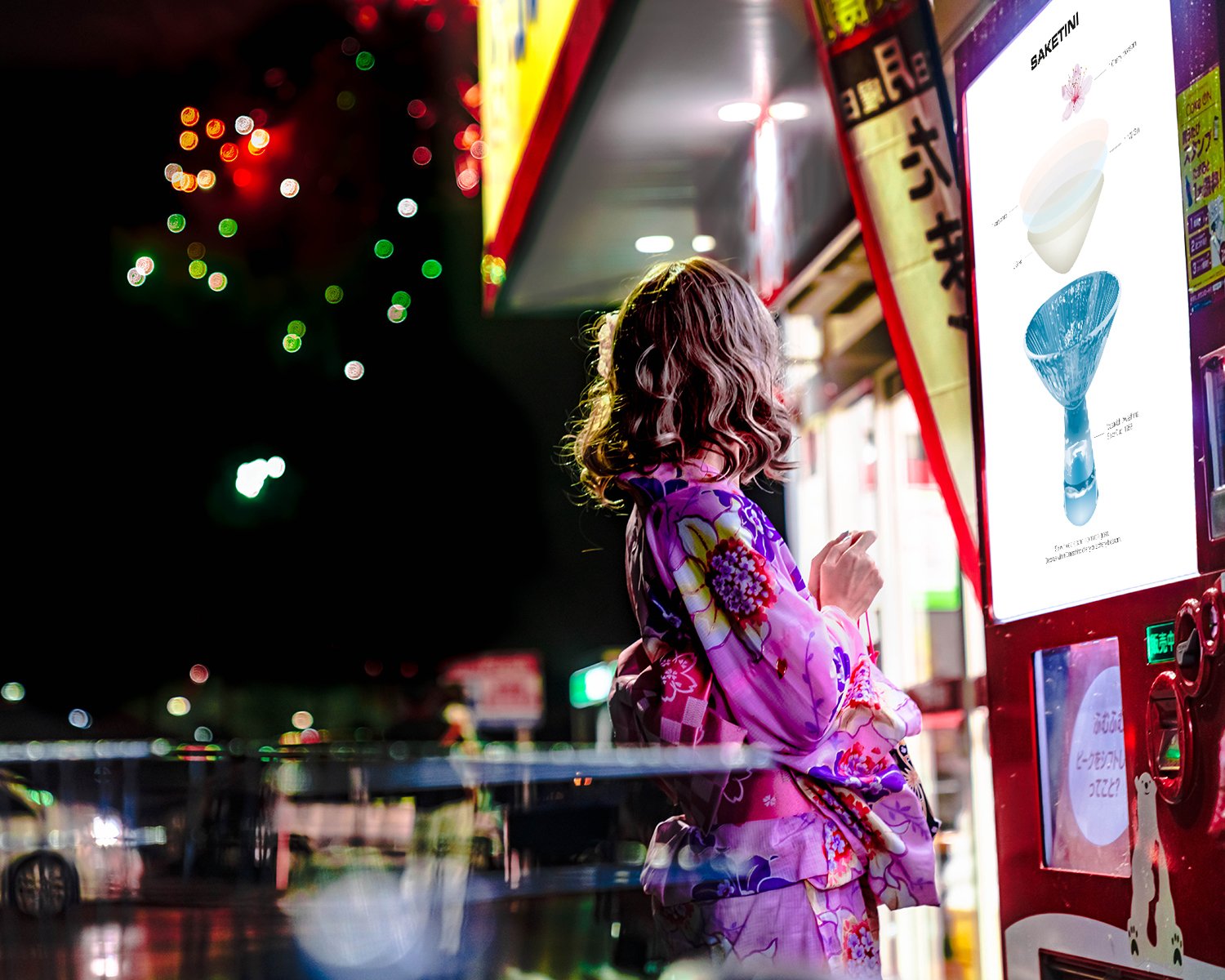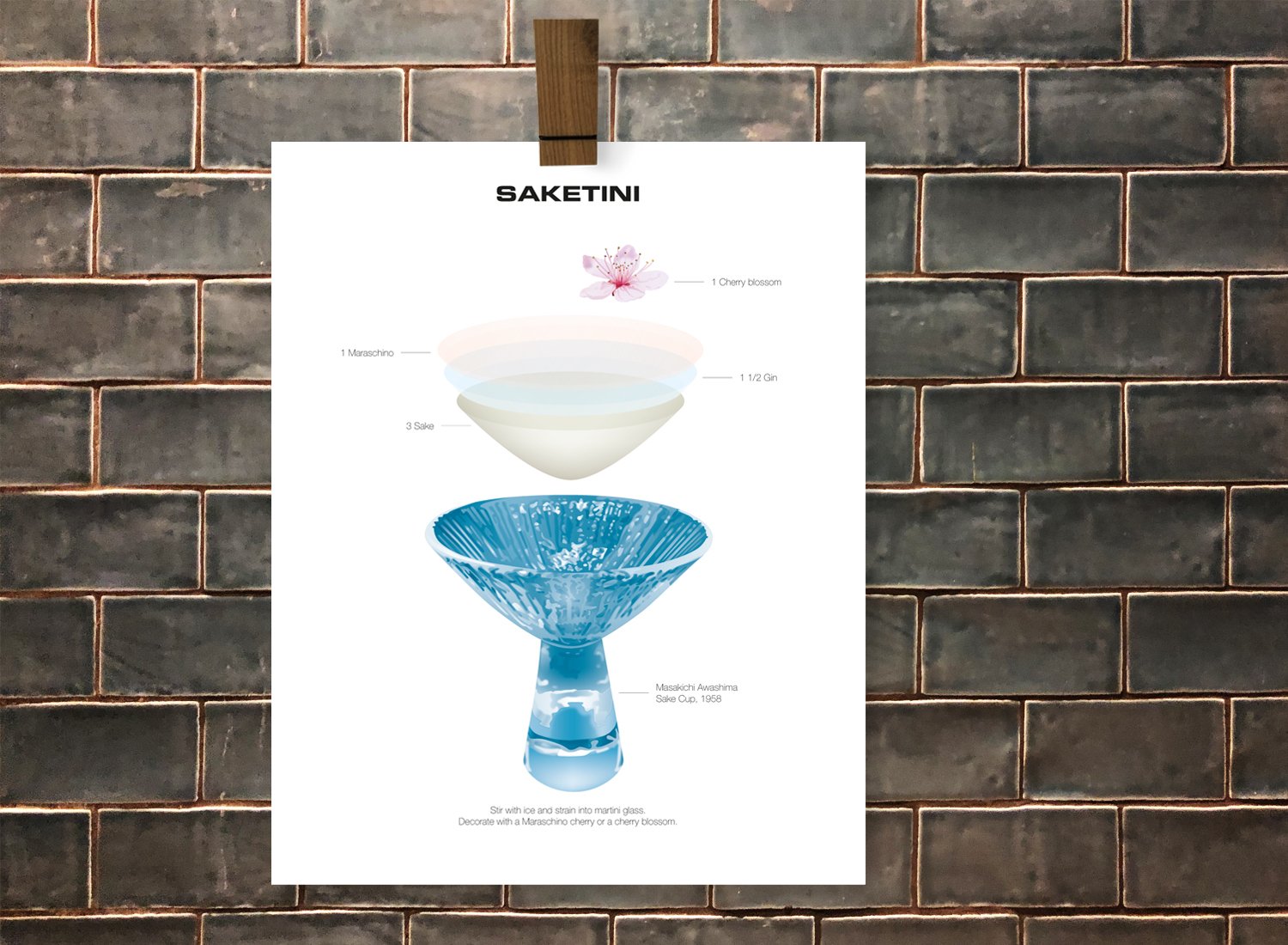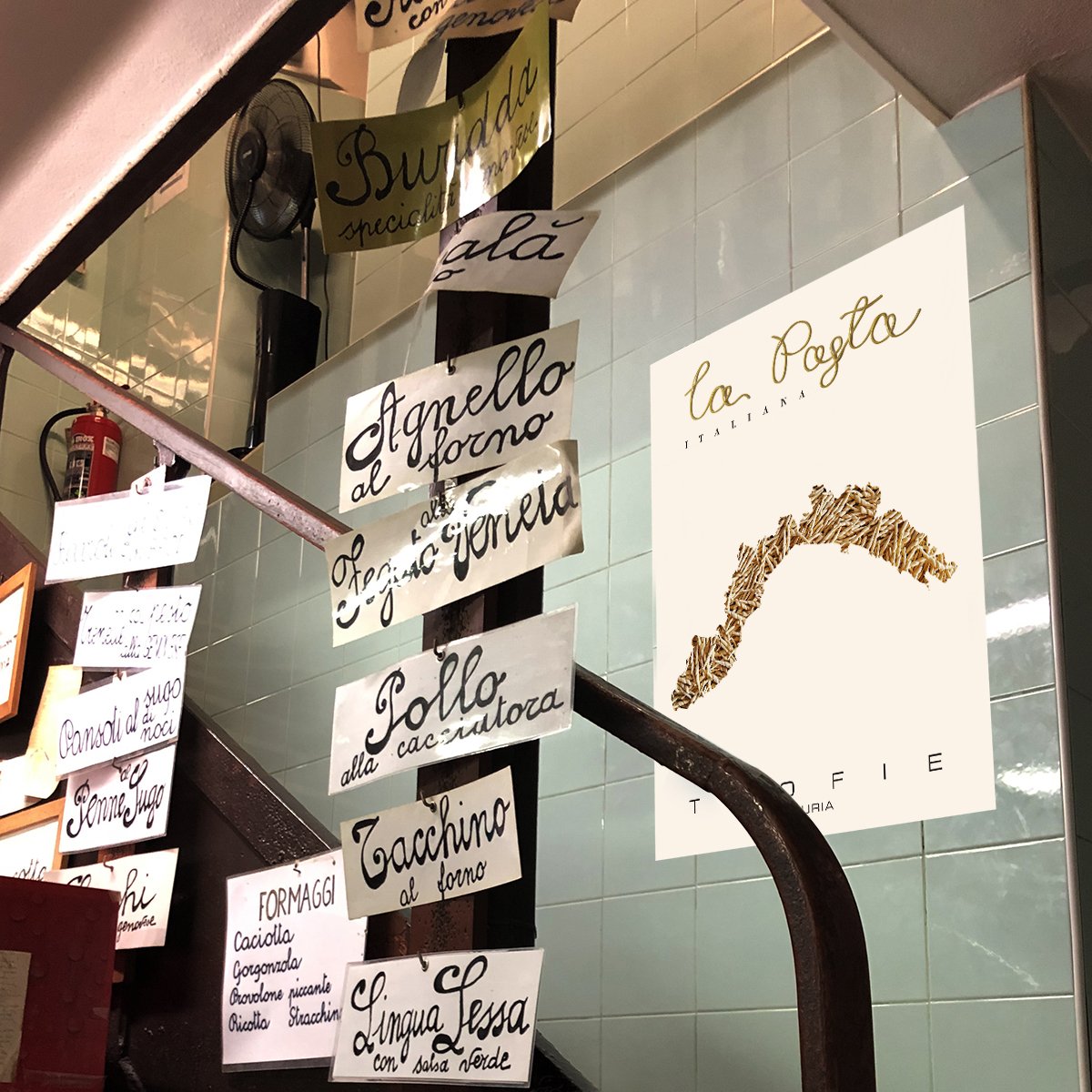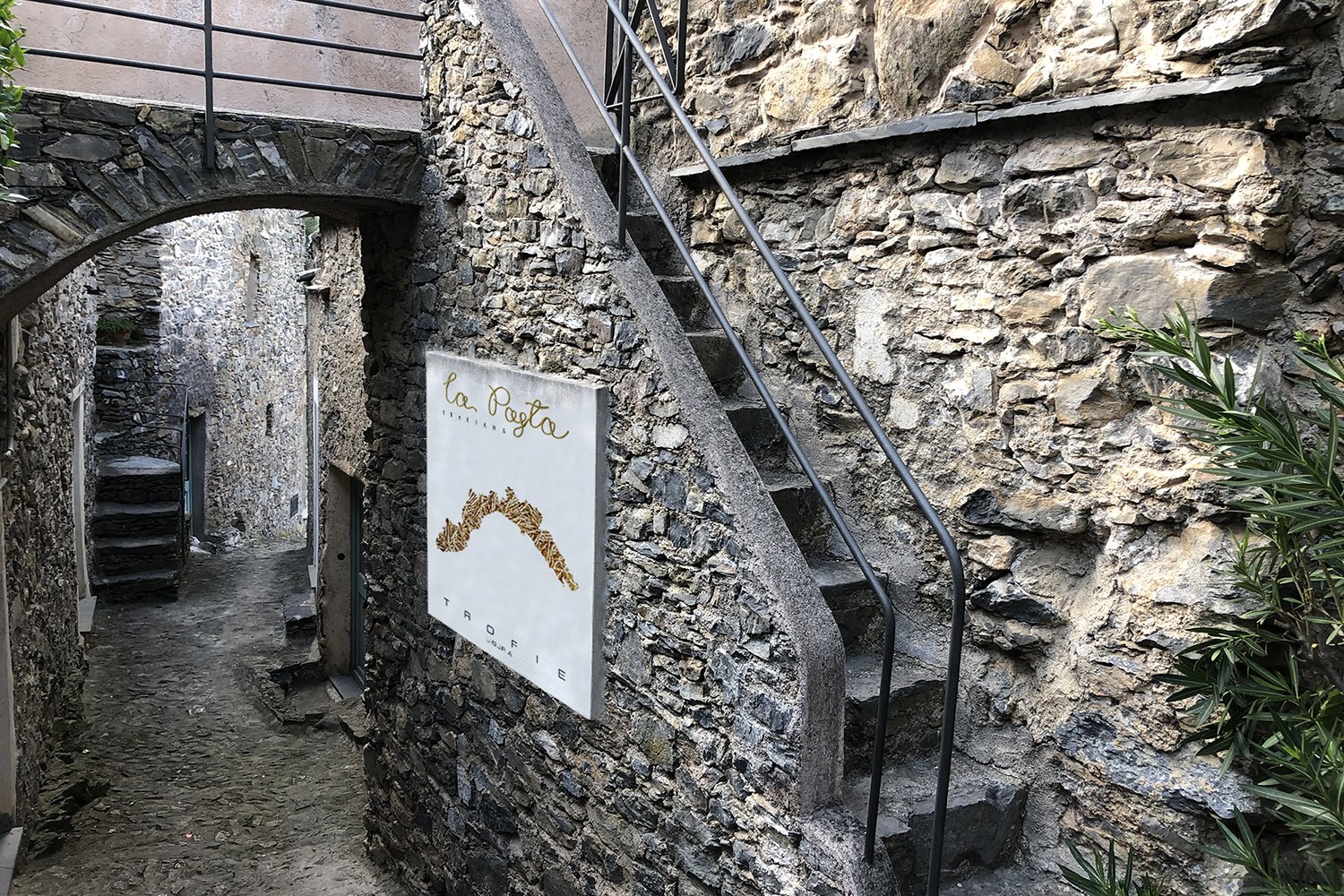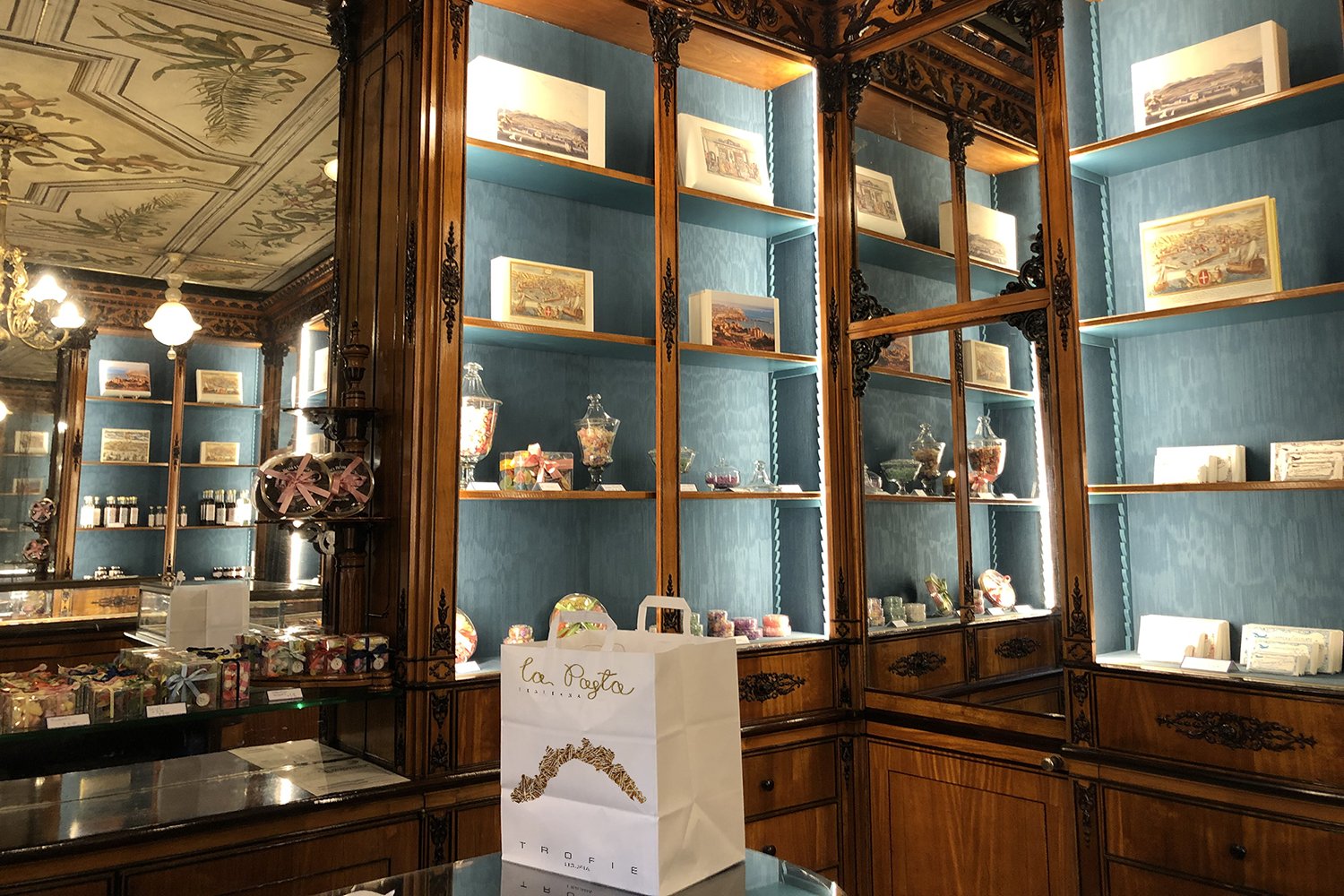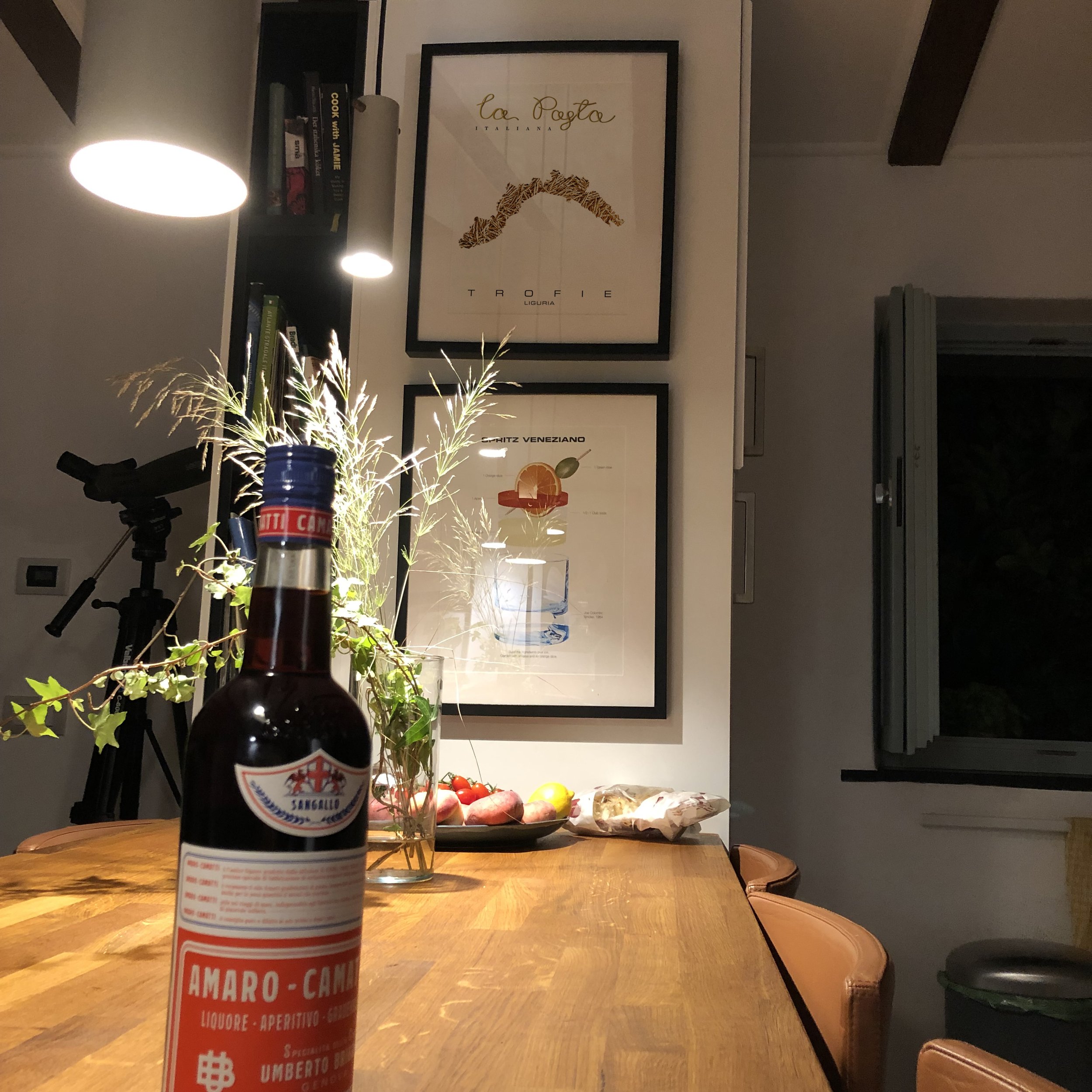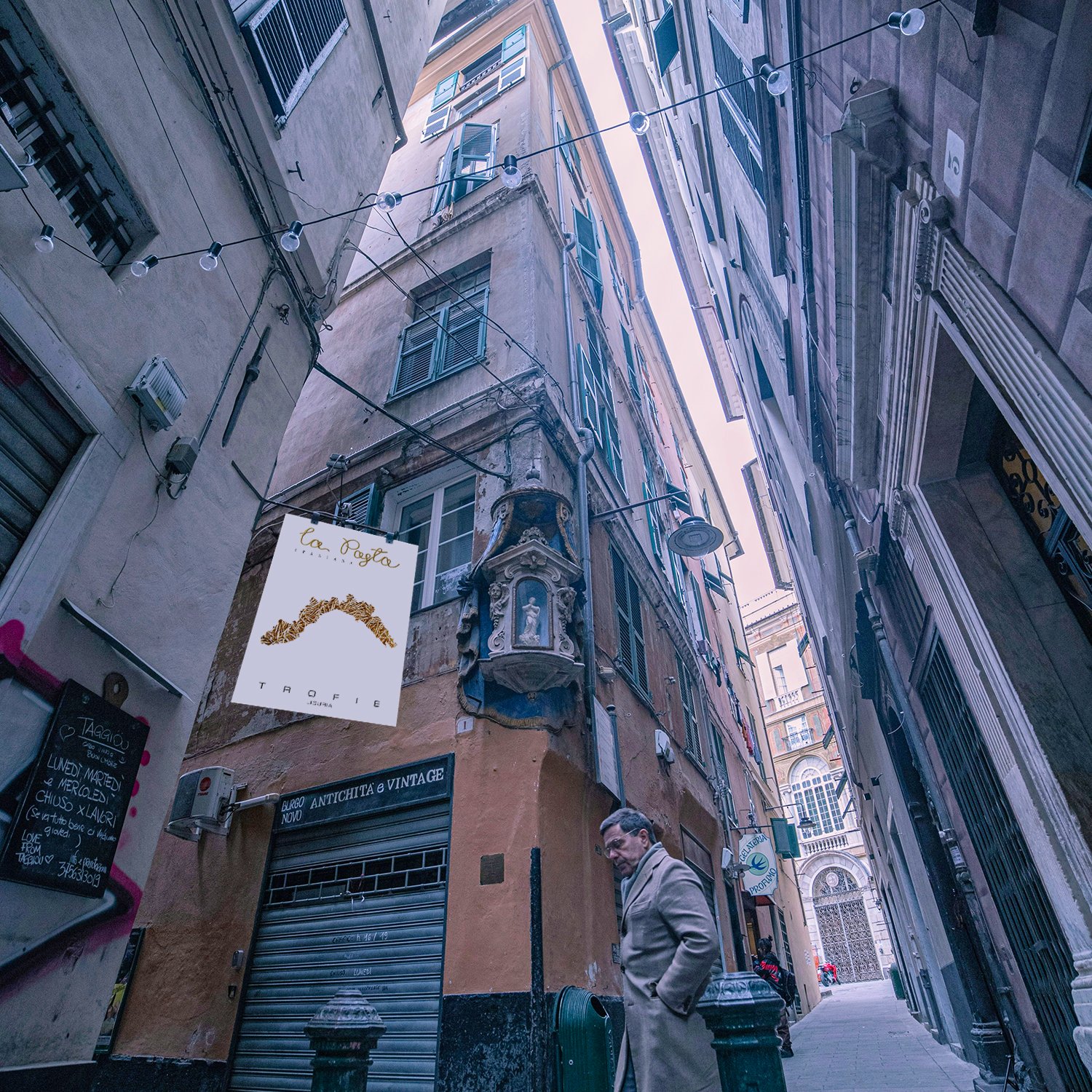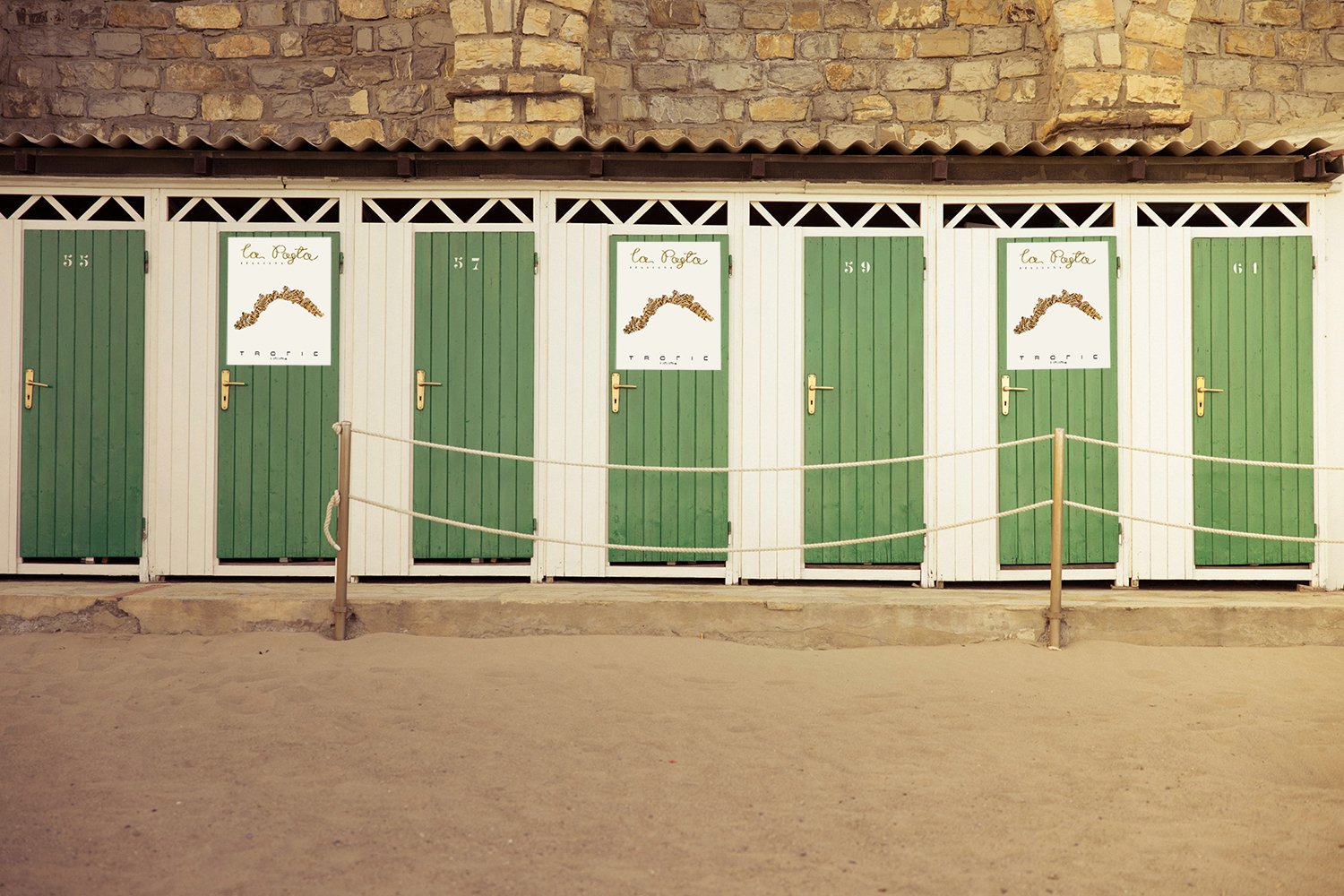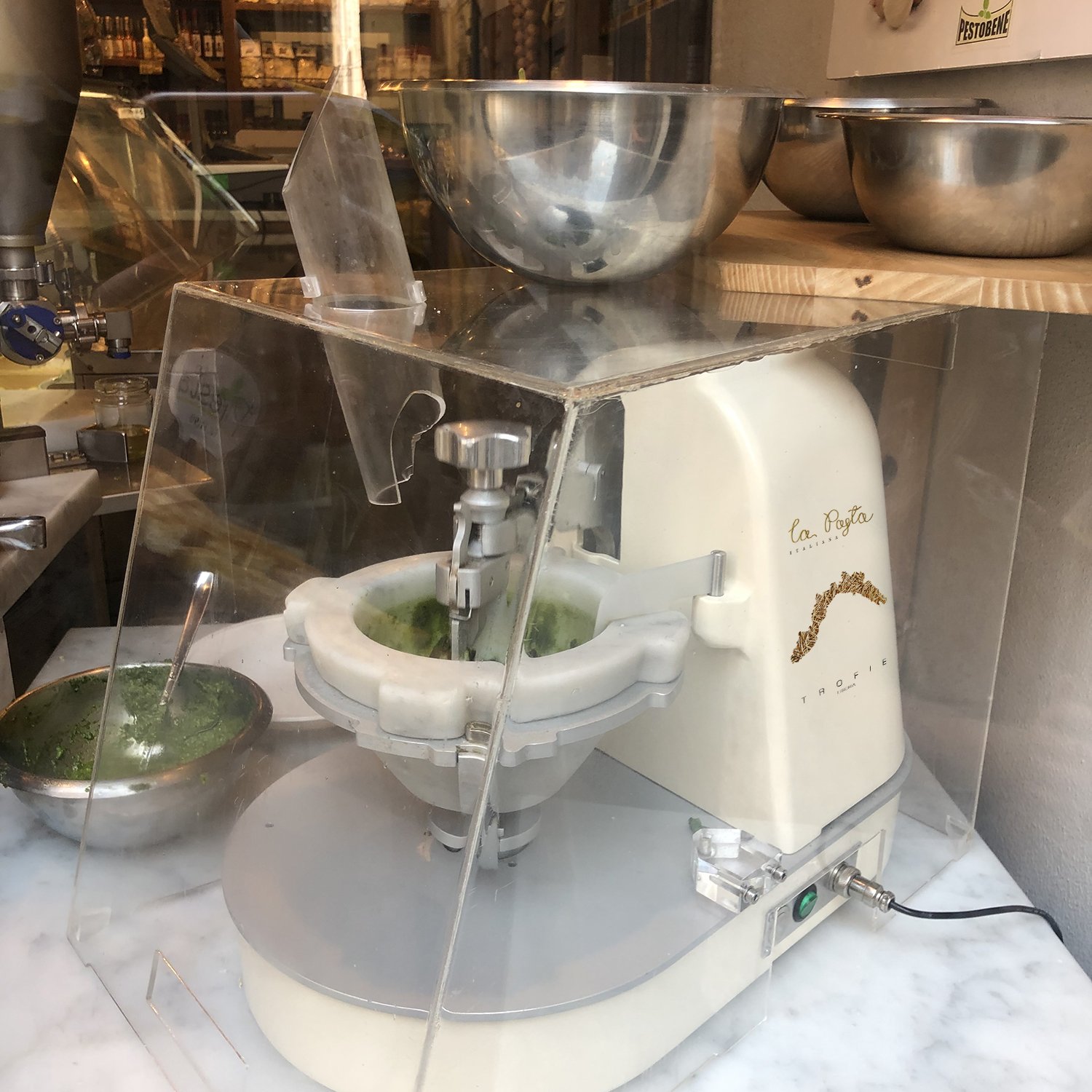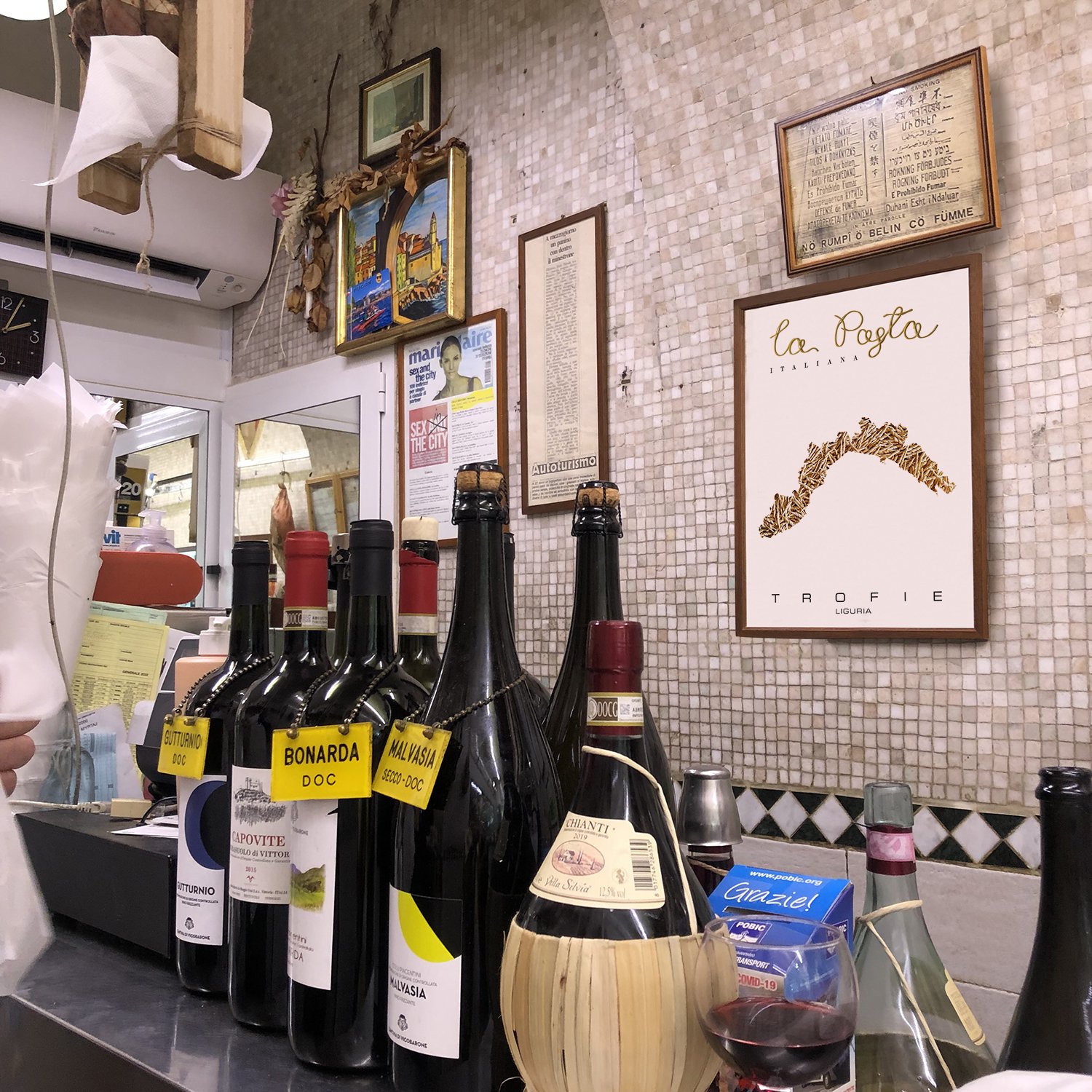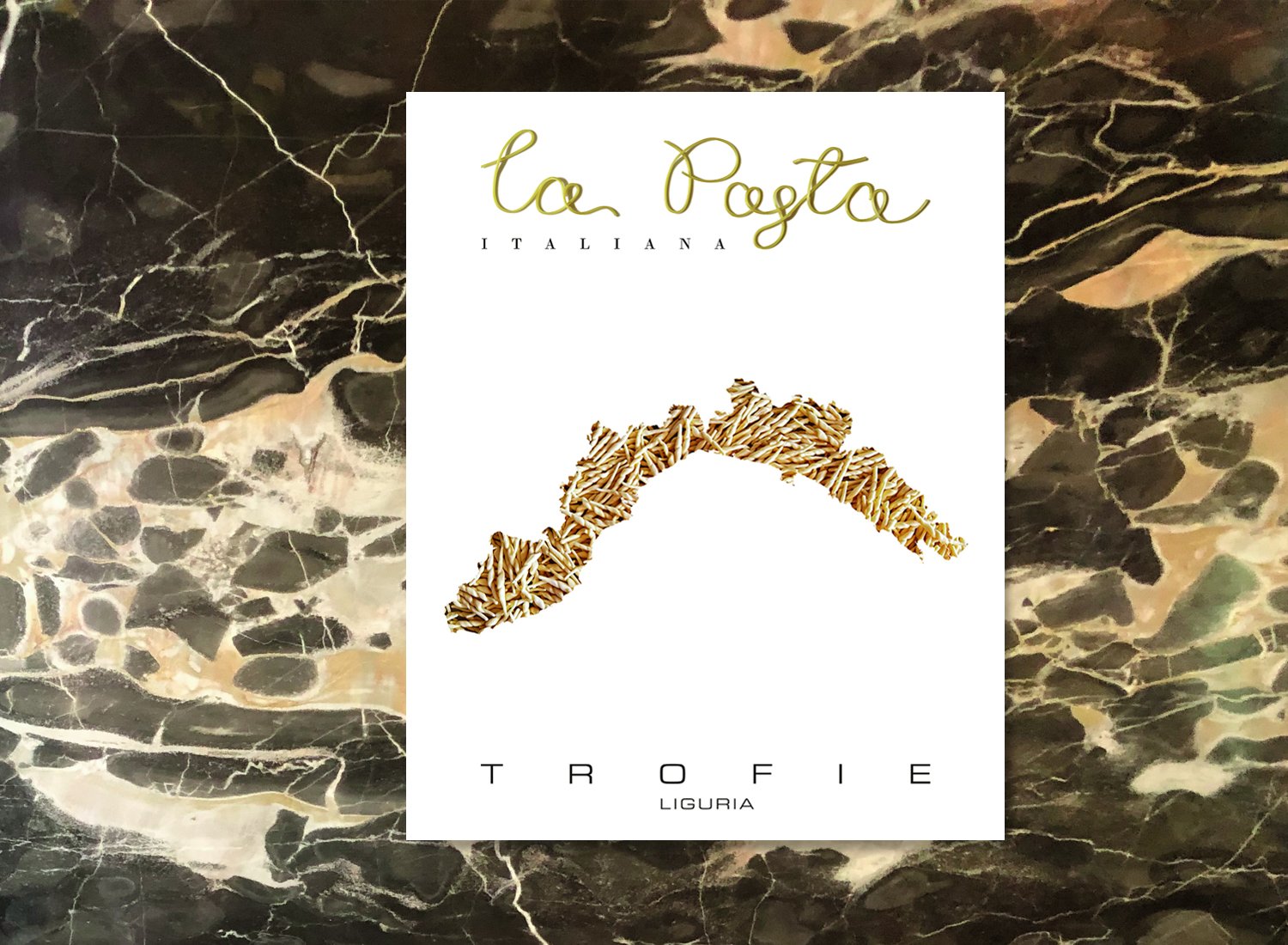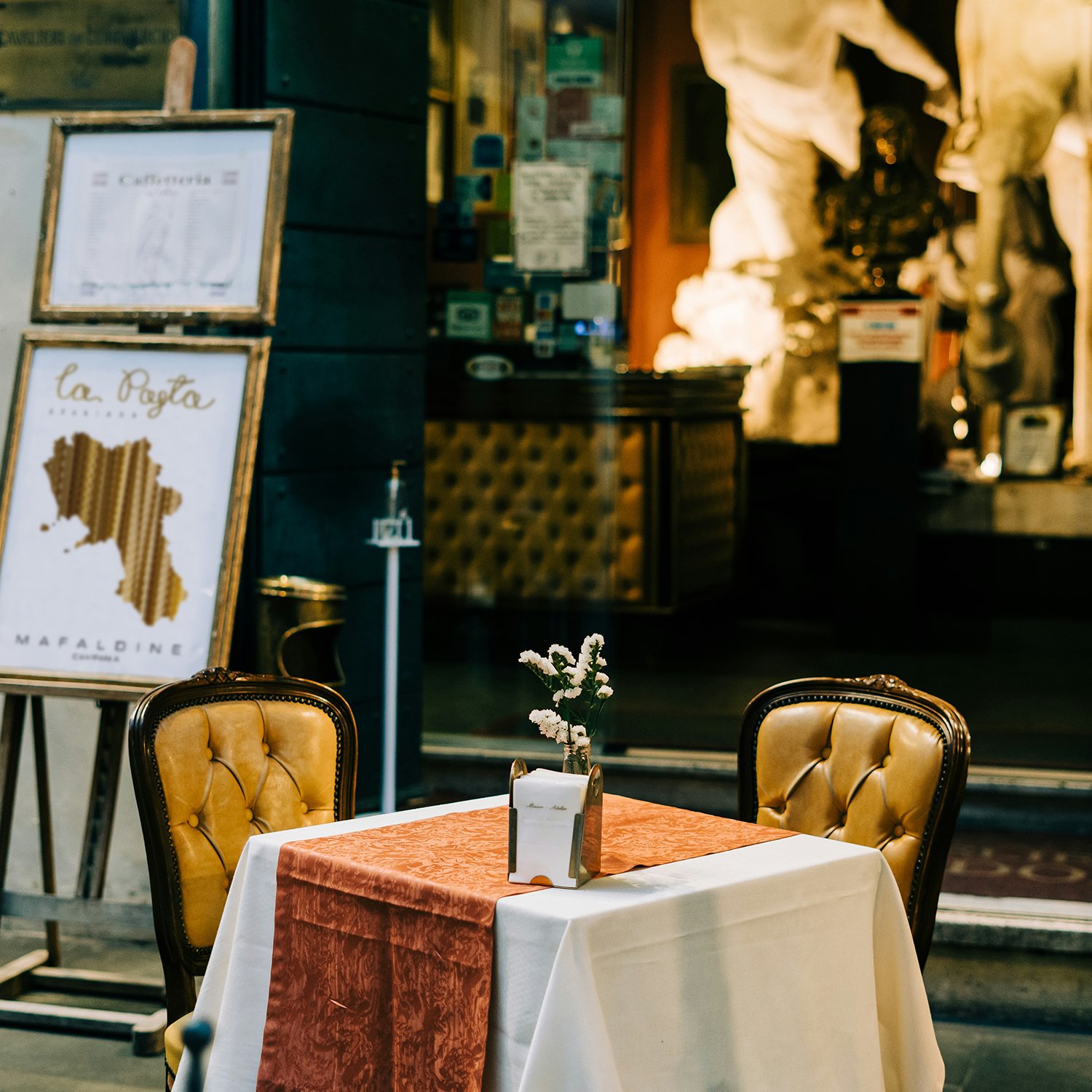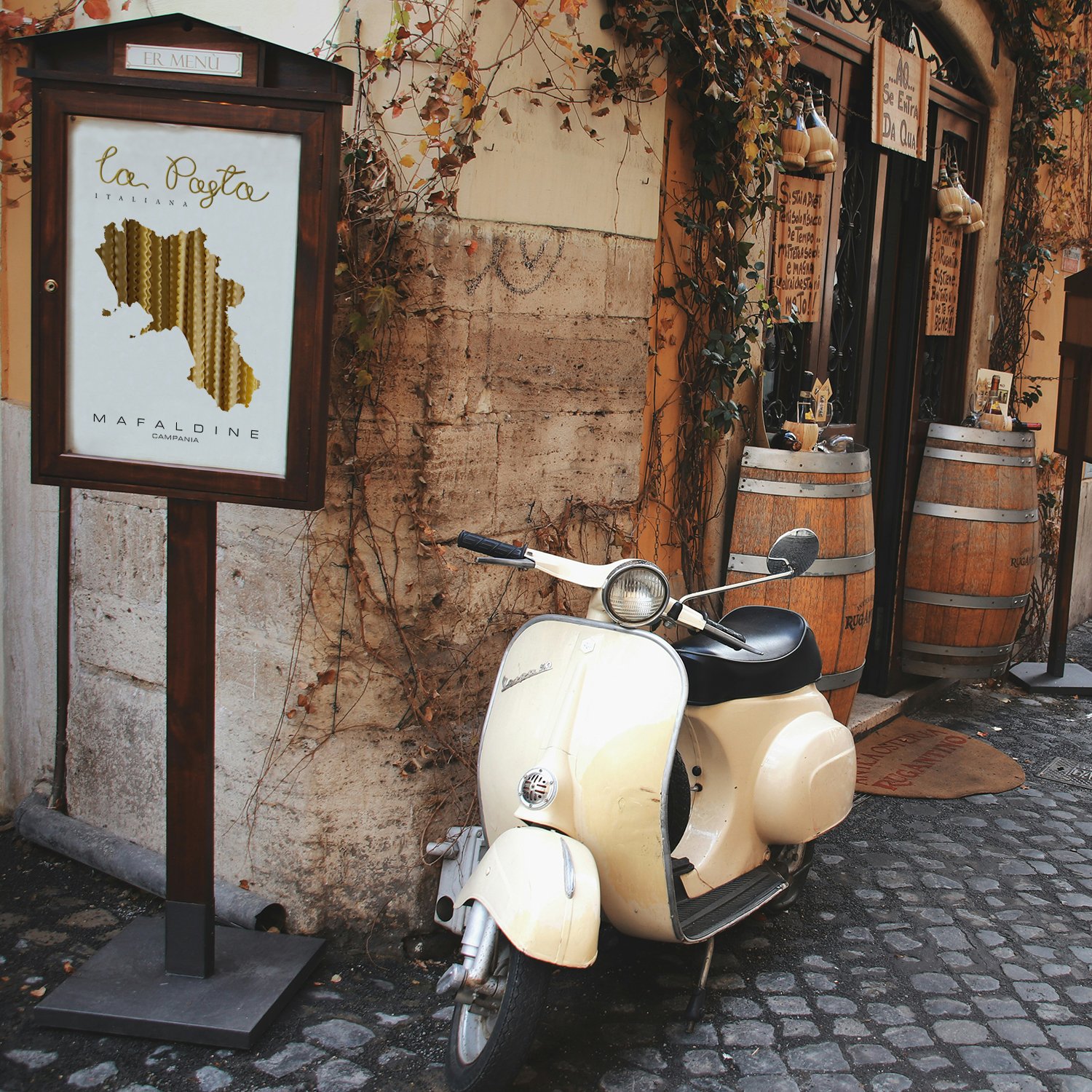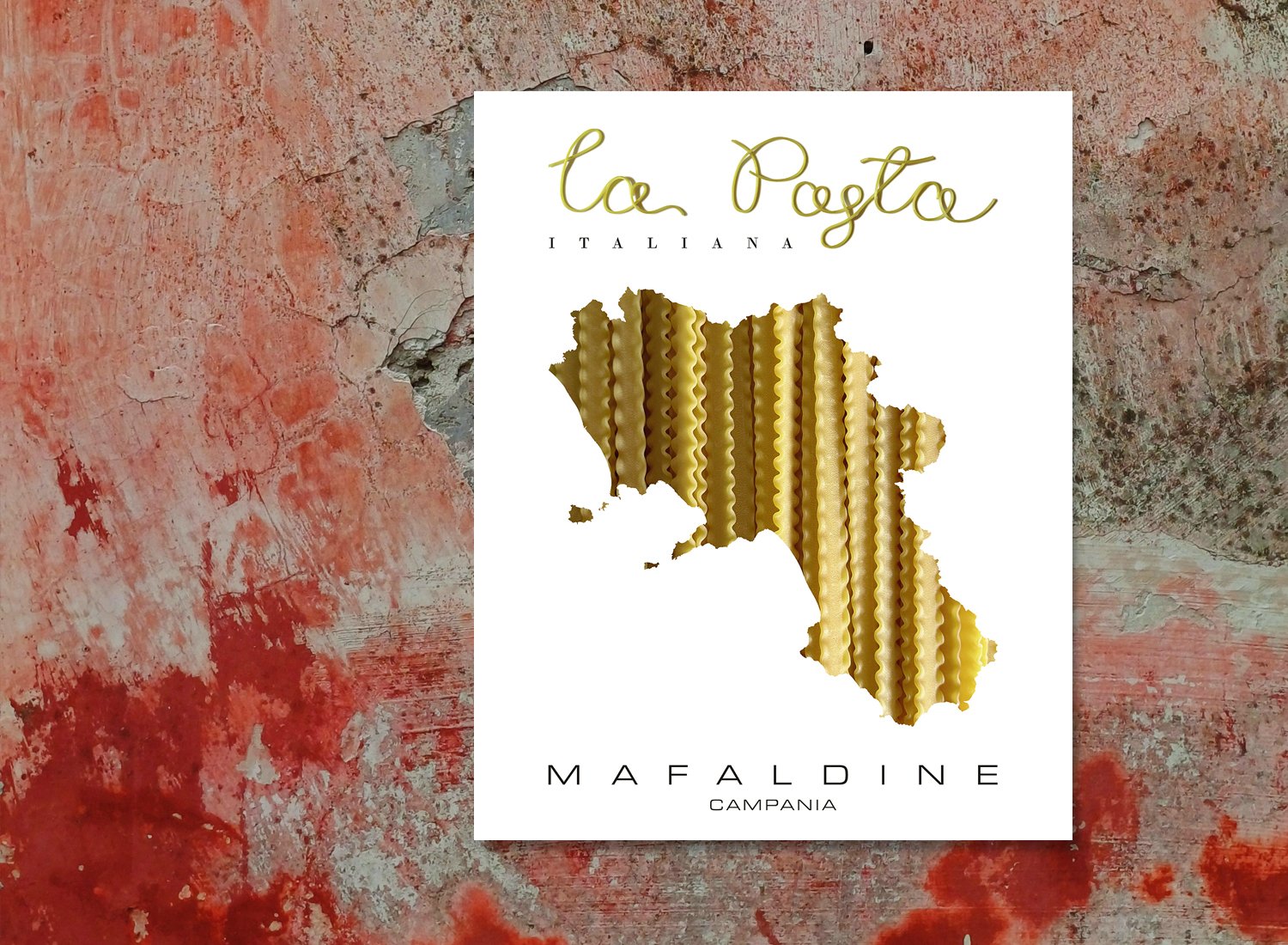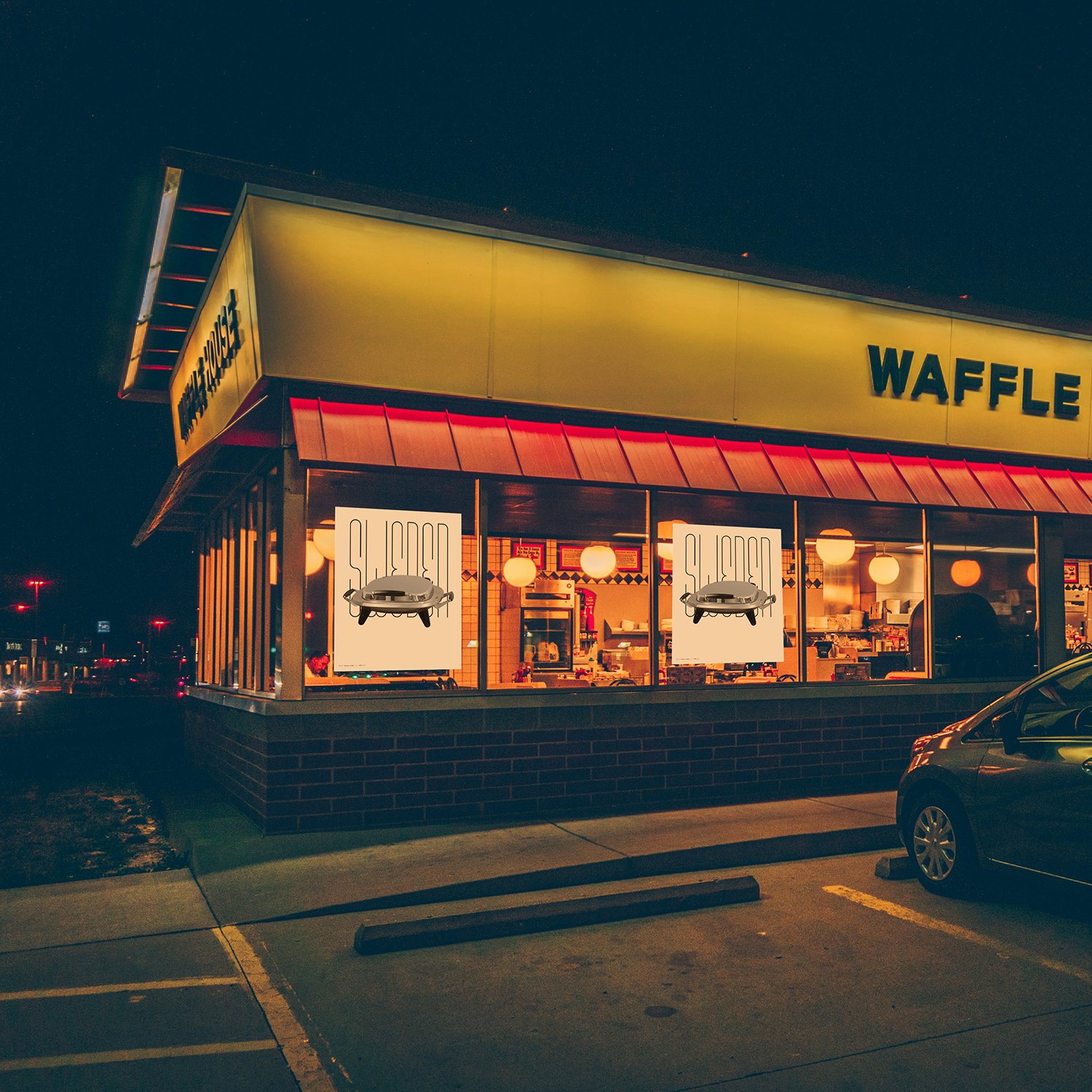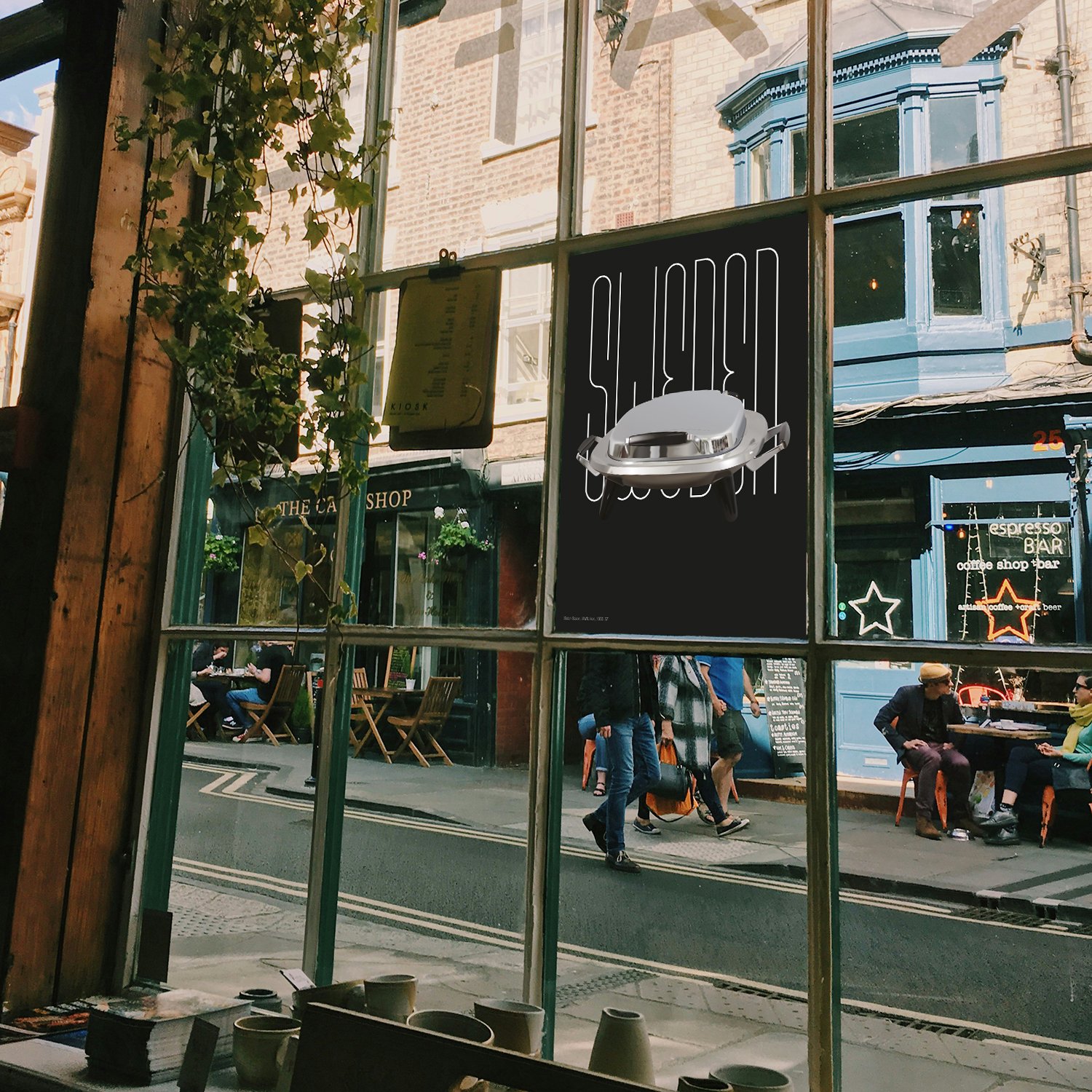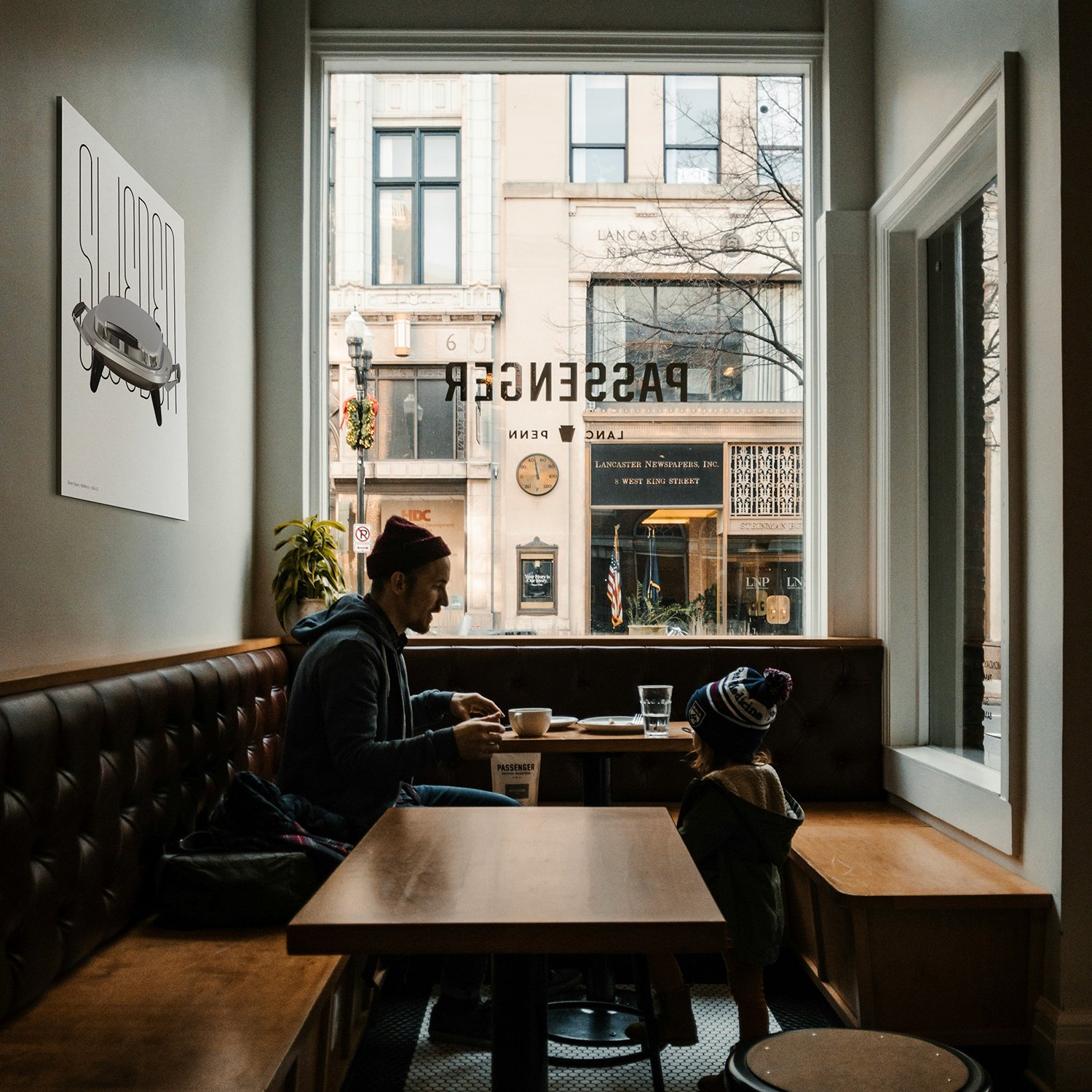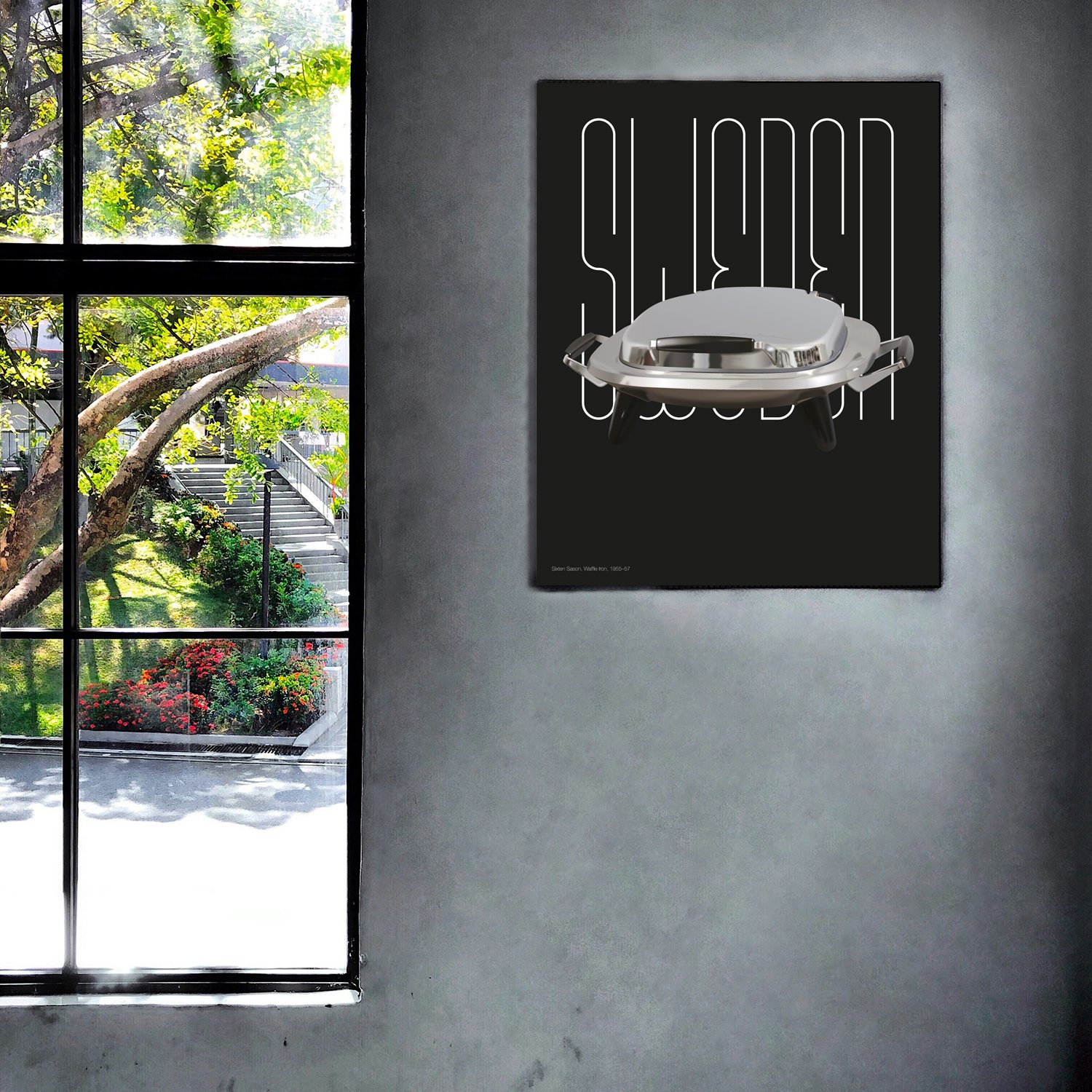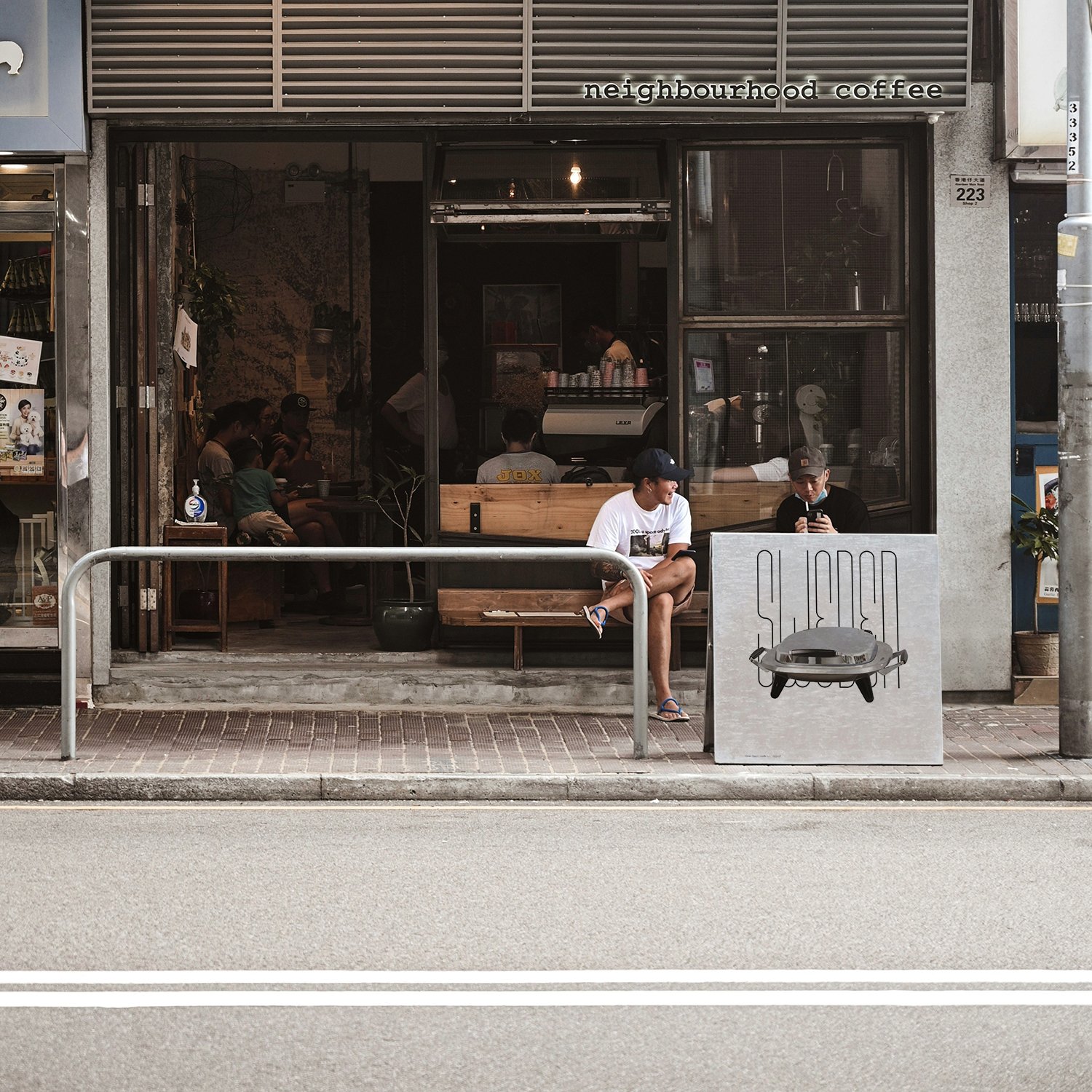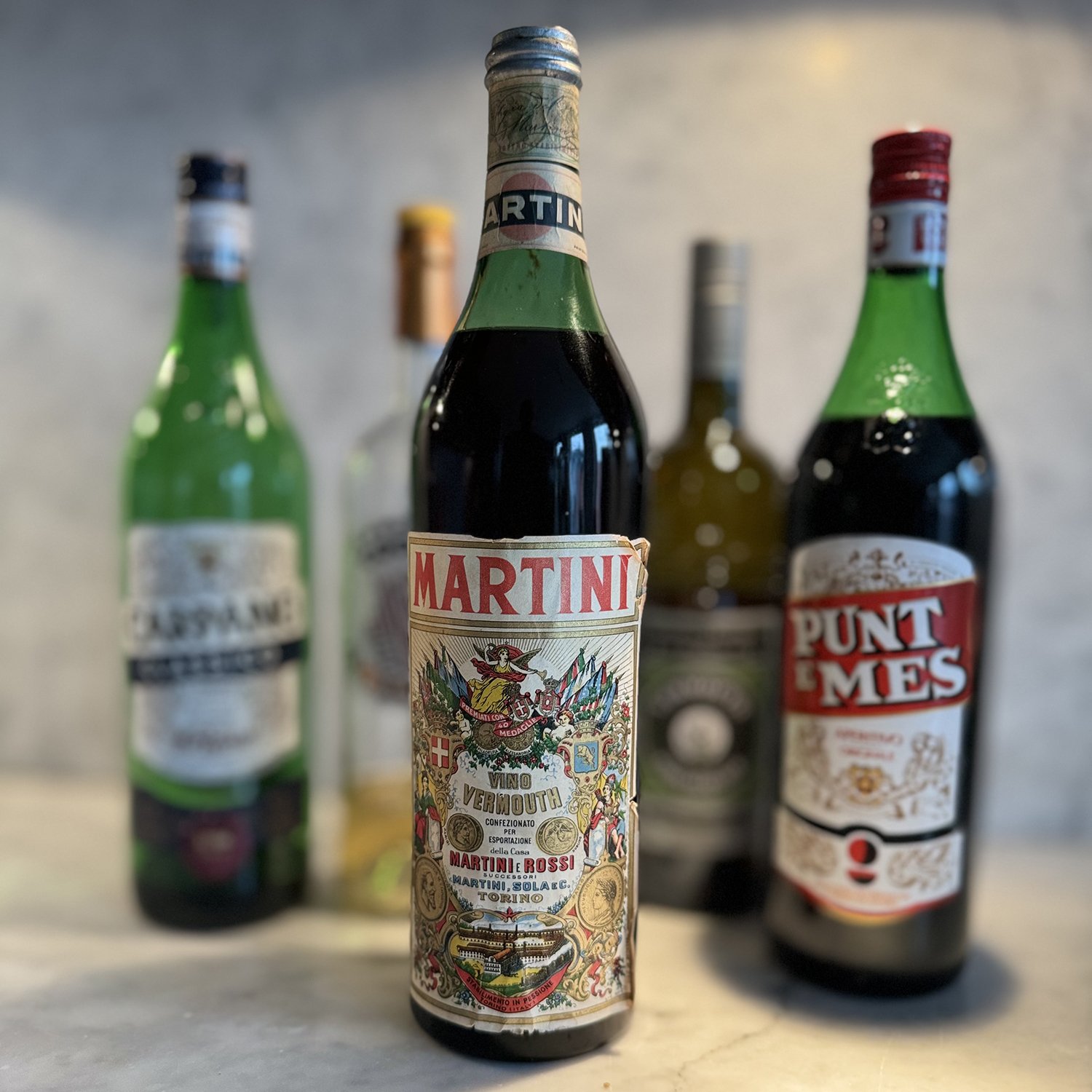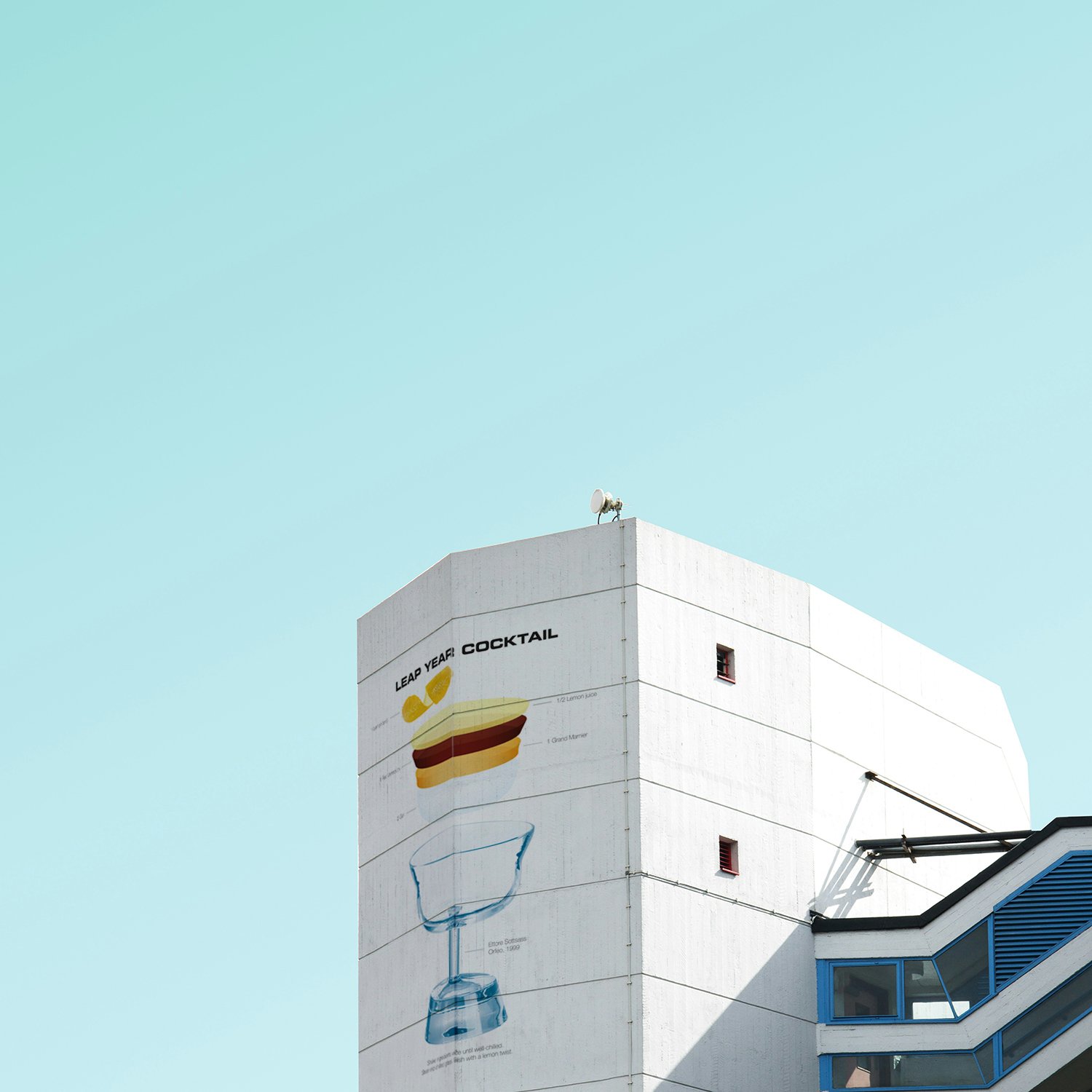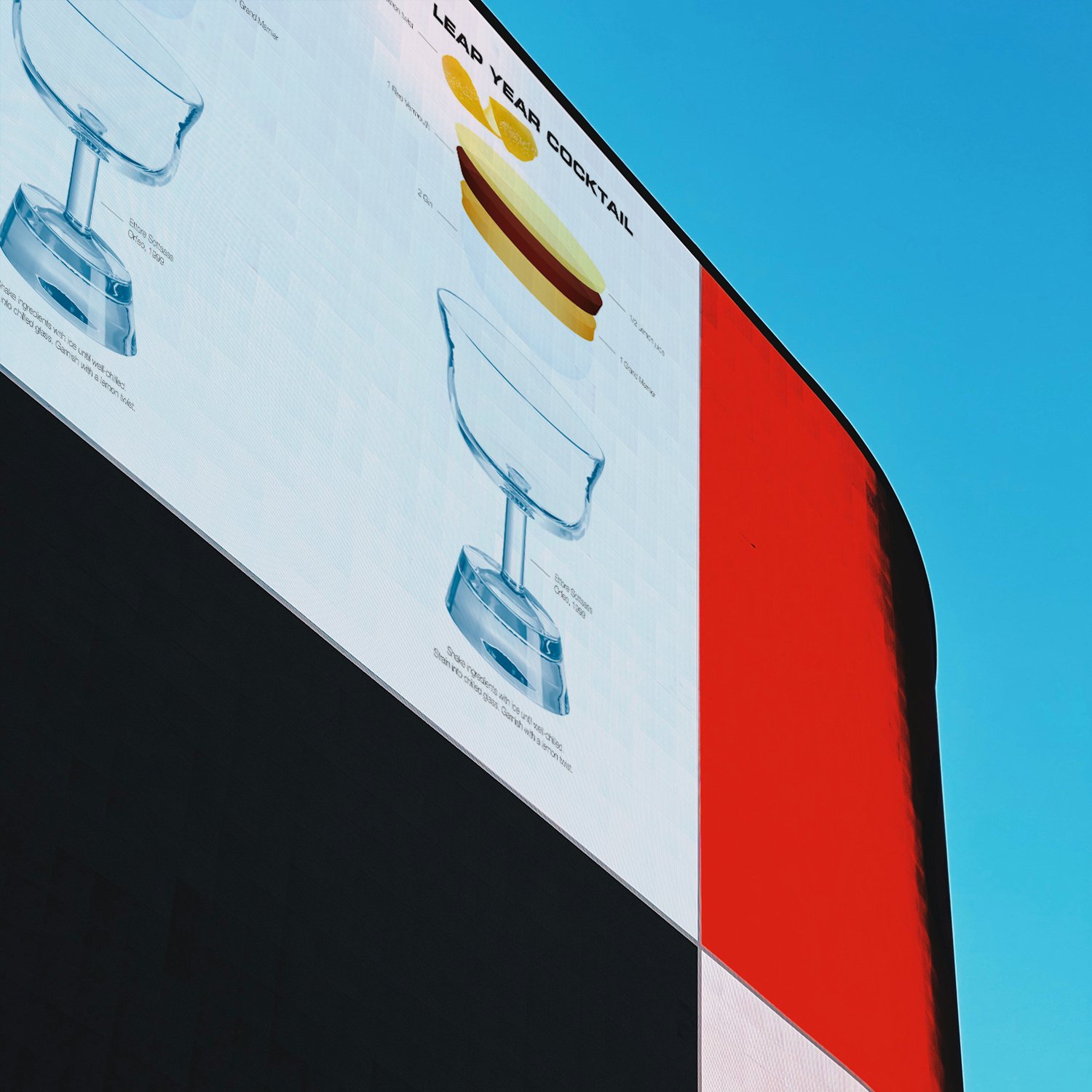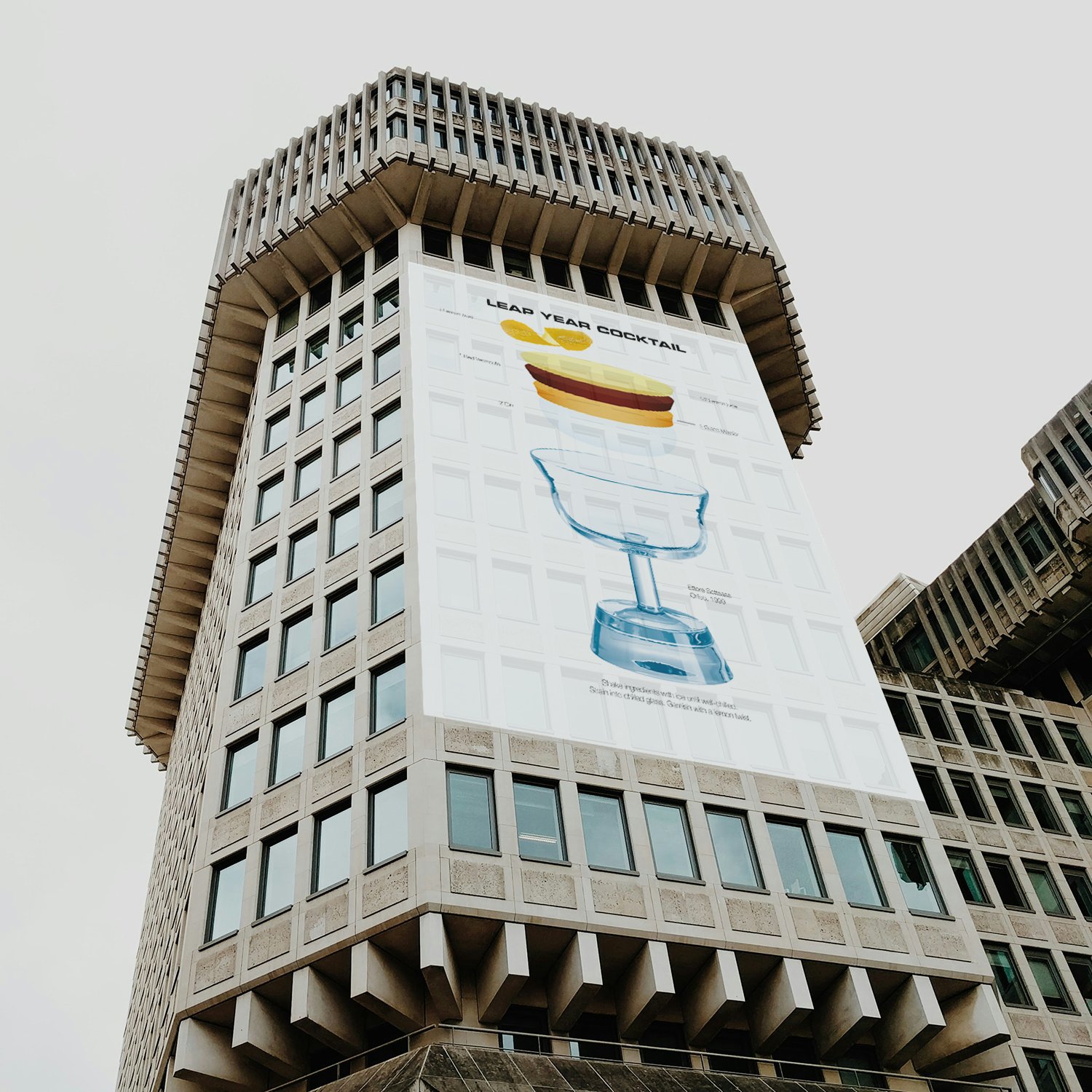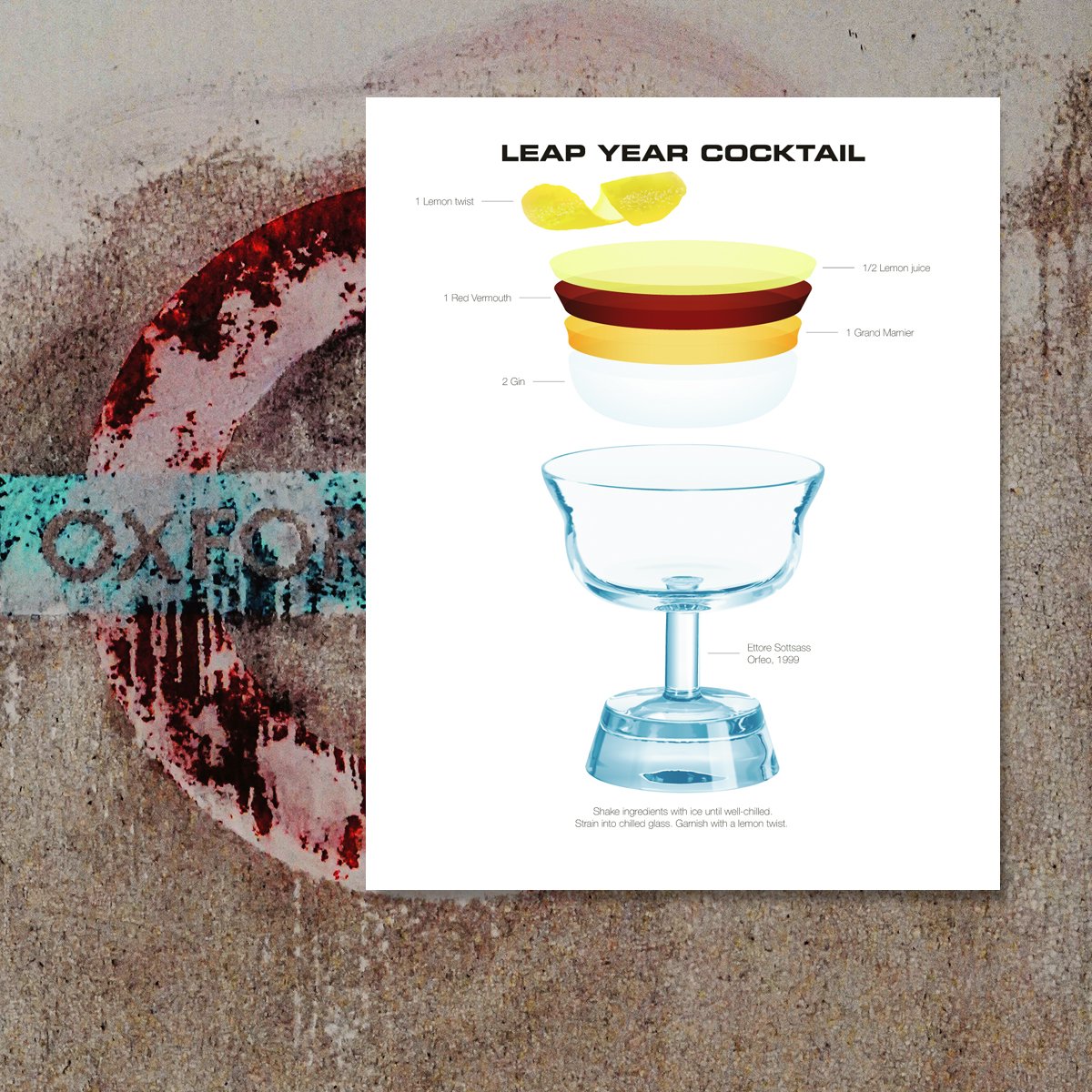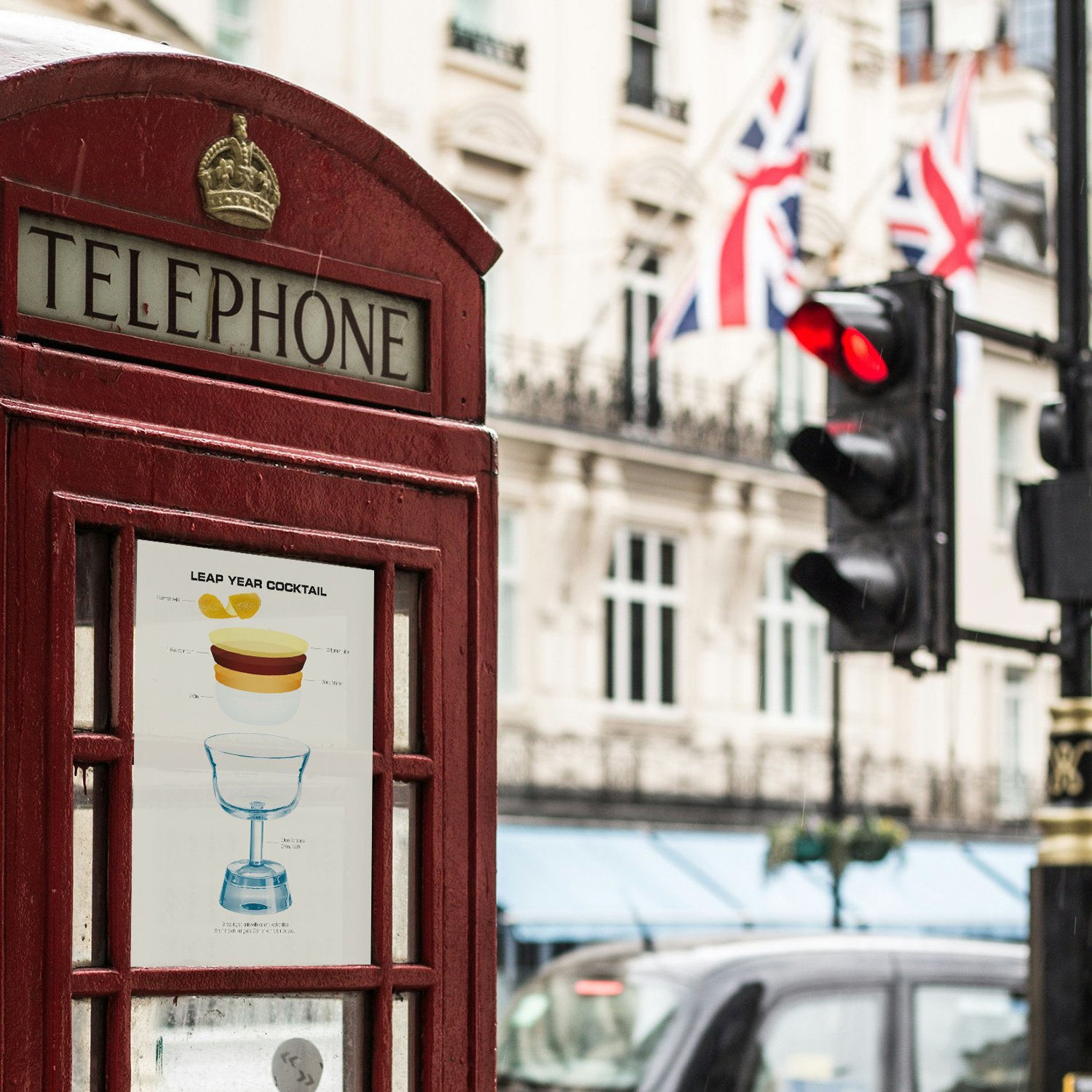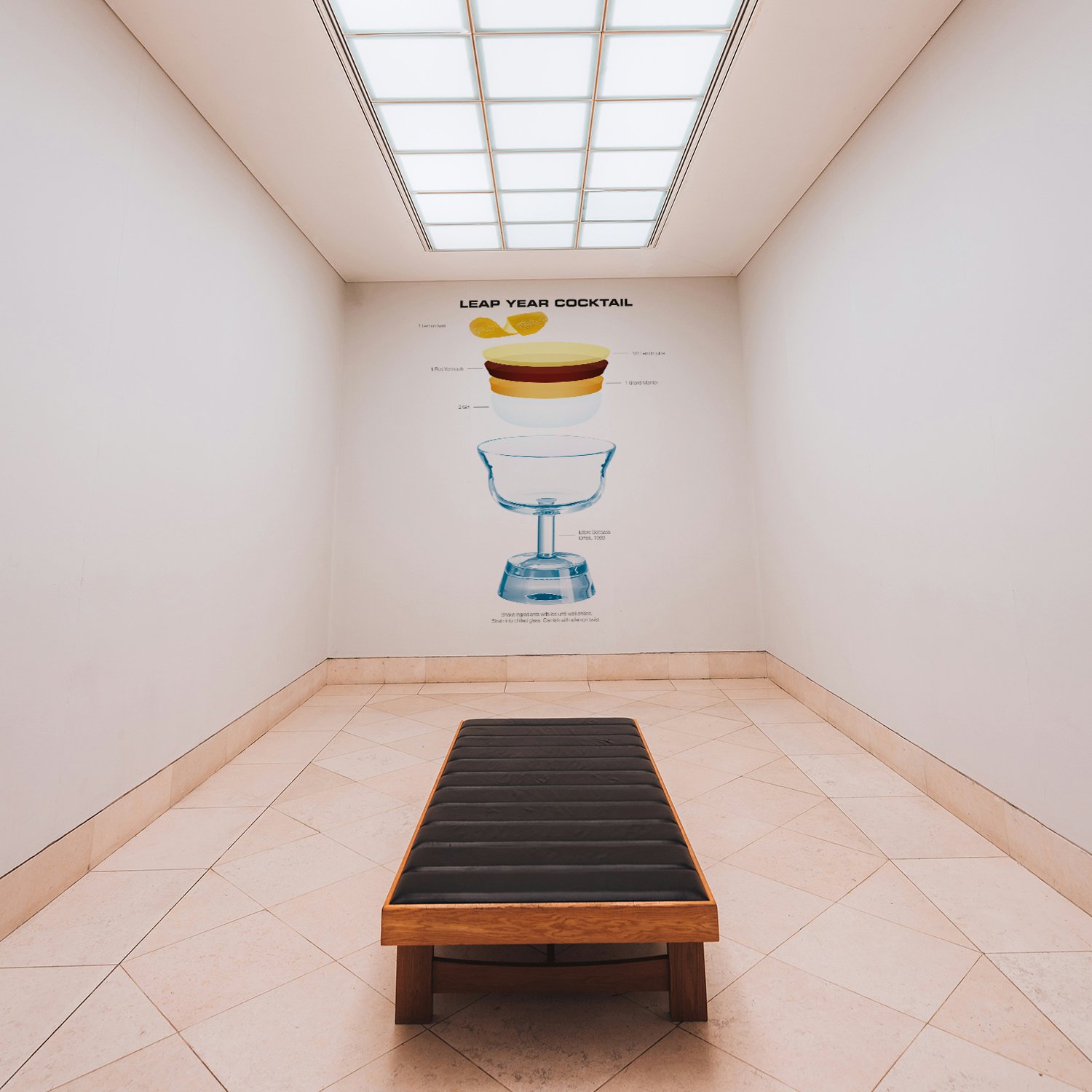Wimbledon is considered to be the oldest tennis tournament in the world. The first Championships were held at the All England Croquet and Lawn Tennis Club in Wimbledon, 1877. Since 1971, when the first Pimm’s Bar opened at Wimbledon, the Pimm’s Cup has been their signature drink. Each year an incredible 300,000 Pimm’s Cups are served during the 14 days long tennis tournament.
THE PIMM’S CUP
James Pimm was a shellfish monger born in Kent in Southern England. At the age of 30 he was already the owner of five London oyster bars, often frequented by the Royal Family. Sometime between 1823 and 1840 he invented a herbal tonic to help digestion. The “house cup”, as it was called in the oyster bar, was made with gin, quinine, caramelized orange and a carefully selected secret range of herbal botanicals and spices. It was so popular Mr. Pimm bottled it, as Pimm’s No.1 Cup, named after the cup (a small tankard) it was originally served in, and started marketing it as a health tonic. With sales on the rise Pimm branched out and in 1851 he started making a Pimm’s No.2, with Scotch whisky, and No.3 with brandy. By 1859 Pimm started selling his own gin, and six years after that Pimm’s was available all throughout the British Empire. Before his death in 1866 James Pimm had sold his company and the rights to his name to a Fredrick Sawyer who, after 20 years, sold it to the Mayor of London, Lord Horatio Davis.
Alongside the original, No.2 and No.3, through the years there has been a No.4 with rum, No.5 with rye whiskey, No.6 with vodka and lastly No.7 with tequila. Today, only the No.1 and No.6 is left on the market with the No.3 brandy version appearing seasonally as Pimm’s No.3 Winter Cup.
THE DESIGNER
The Tank Highball glass was designed by the British designer Tom Dixon in 2014.














































































